Katt Janson Merilo currently lives in the Seattle area. Her interest in photography began in middle school after developing the first roll from her first personal camera, an Olympus Stylus. Her appreciation for correct post processing began on that roll, too, as a cyan tinting left uncorrected by the lab discouraged her from shooting with that camera again until she learned it wasn't her, or the camera's, doing. She has studied photography in Virginia and the Czech Republic, and hung shows in Chicago and Portland. See more or her work at her website.
Brad Lechner
I’m Brad, a lifelong St. Louisan and family man. I make my living in digital, but on my own I prefer shooting film. What continues to draw me back to analogue is the slower, more deliberate shooting experience. (Although I also appreciate the limited number of images to review!)
I started shooting when my dad gave me his Konica Autoreflex TC. Occasionally I still use it, but more often I’m shooting a Mamiya 645, Holga, or Canon 650 with older prime lenses. Recently I have been exploring different stocks, including B&W developed as slides, and cinestill reversal. I don't develop my own film, but it's something I want to try soon.
I don’t have a particular style - sometimes I just enjoy snapshots of friends and family, other times I set out with more purpose to find things of interest.
You can see some of my work at bradlechner.com.
See more by Brad Lechner below
Matteo Prezioso
I am an Italian freelance photographer, born in Ferrara and raised in Perugia. I am currently living in Colombia, Bogotá, where I work primarily on portraiture, photojournalism, fashion and still set photography.
I took my first photography steps in Italy (thanks to my father, an avid hobby landscape photographer,) though it was when I moved to the US - Pasadena, Los Angeles, CA - that I deepened my studies, mostly analog black and white on 35mm, medium & large format film.
I stayed in L.A. for five years, where almost by accident I began doubling between photography and cinematography, working as director of photography on several independent movie productions (mostly shot on Super 16mm.) That was a decisive moment for my artistic and professional development.
From Los Angeles I moved to London, UK where I lived for 11 years. I kept on working in the film business in my new adopted city, as still set photographer but also as cinematographer, camera operator, editor on a multitude of film and television projects (shot both in film and digital.)
Although, yet still fascinated by this medium, it was in England that I decided to go back full-time to photography. It was at this time than I got heavily involved in portraiture, doing professional books for actors & actresses. I then started (yet again, almost by change) working on my first photojournalistic assignments. Portraiture and photojournalism are the ones I prefer.
So here it began a new phase, which lead me to explore a multitude of styles such as portraits, editorial, documentary and conceptual.
I am an analog photographer. I have tried (sometimes hard, believe me) to fit into the digital world, but each time I failed. And each failure helped me understanding analog better.
I like working outdoors and/or using existing locations. Whenever possible I will use natural light. I also like grain, too. A lot.
See more from Matteo Prezioso below
Nils Karlson
"Actually i am a poet who is crappy at writting. so i use a camera for my poems"
Nils Karlson lives in a very densely populated area in the west of Germany. He likes coffee, the smell of his dogs' paws, and finds peace of mind while encountering a photographic subject with humility instead of filling the void within the noise floor with even more blatancy.
His future sees the advent of the square image, simplified and abstract work, collaborations with other artists, several local exhibitions and the conception of a series of books, as well more work with underdogs (in a canine sense). Until then he is dealing with crowdfunding, creating and discarding drafts, and wondering if the website will ever come to life. Until then you can find his works on flickr and tumblr .
Nils loves and curses a Mamiya RB67, embraces several pinhole cameras (6x6, 6x12, large format), and uses whatever film might be appopriate - Ektar, Portra, Fuji 'Pro' series, Velvia50, as well as any expired colour film fitting into a 9x12 film holder.
When he is grown up and rich, he wants to go large format and that Mamiya 6 is on top of another bucket list.
See more from Nils Karlson below
Robert Rogers
I am a retired forester living in Custer, Wisconsin. As a forester I consulted with private landowners, taught at the University, and conducted forest research for the US Forest Service. I used primarily slide film to document my work until digital cameras became available and then I used them for my work. I continue to shoot digital, but about four years ago I returned to shooting film using my old 35mm cameras, a Nikkorex F and a Minolta X-700. A year and a half ago I purchased a Nikon F5 and then could use my collection of Nikon lenses that I purchased for my Nikon digital cameras. It was at that time that I no longer could get film processed locally, which usually cost between $2.50 and $3.00 per roll. Quite reasonable. Now film has to be sent away and costs a minimum of $17. Out of self defense I tried developing b&w film and discovered I could do that successfully and I very much enjoyed doing it. As a teenager I developed some contact prints. But that was the extent of my experience until recently. Scanning negatives into digital format worked well for me. About two months ago I bought a medium format camera, a Mamiya 645 Pro TL with an 80mm lens, and subsequently purchased a 45mm lens. I ran one roll of color film, which I sent out for processing and one roll of b&w, which I processed myself. Although I was pleased with 35mm, I marvelled at the increased image quality of medium format in comparison to both 35mm film and digital images (in my opinion). It really pushed me over the edge for film. So much so, that I decided I would try processing my own color film (c-41) so my new found addiction to film would not bankrupt me. I have all the supplies ready but need to finish shooting a color roll before I begin.
So far I have restricted my film shooting to landscapes, plants, and inanimate objects like trains, buildings, cars. I have not done any portrait (people) or street photography.
Photography is one of my hobbies. I maintain a website for a charitable organization and take pictures for news reports, church activities, and local school sports. I have been paid to do senior portraits (mainly done out-of-doors in natural settings). However this is not a business venture for me.
My film website is http://whsfilm.vrforesters.com, which I have just begun adding photographs to. My photography work goes by the name of WyndeHill Studio.
Aimee Lower
Aimee lives on sunny Long Island, New York with her family. You can find her soaking up the sunshine while watching waves crash on the shore at Shinnecock Inlet, or even picking sun ripened strawberries from the fields in Wading River, almost always with a camera of some sort in tow.
She has shot film for the last two years and started developing her own black and white film last year. Her favorite films are Kodak TMAX 400, Panatomic -X, Portra in any form, and Cinestill 800T
Grace Hazel
Grace Hazel resides on top of a mountain in the middle of the South Pacific Ocean. She sleeps in a yurt with a red door and lives with her best friends on a vegetable and flower farm, where the night is black, stars scream at you, and the frogs and birds are the daily chorus. She spends her days gardening, swimming at the sea, tending to children, and creating art, usually in form of analog photography. She creates both black and white and color images, sometimes experimenting with her film by soaking it, usually in her shi shi. She processes the color film in her outdoor kitchen in her kitchen sink. She does not like to photoshop her images nor do much editing. She'd rather be hanging her laundry in the sunshine or listening to her best friends sing.
The worlds within the imagery provoke dreamlike states and one can get lost in the realms that are invented. She mostly uses herself as a model out of convenience but also because it feeds her need to allow the camera to do it's magic. She believes that once the moment captured is left to the dance of chance, the image becomes more authentic, a candid capture without pose.
Grace has a BA in Art from the University of California Santa Cruz, where she studied both photography and printmaking. She enjoys making anything that is tangible and requires process, such as cyanotypes, van dykes, albumens, lumens, solar prints, and shell hunting.
You might find her running in the rain at the beach, stomping in puddles, or floating through the forest with a wild look in her eye, a heavy tripod in hand, and her camera around her neck.
See more film photography from Grace Hazel on Tumblr, Instagram, and on her website.
Erik Gould
My name is Erik Gould and I'm a photographer based in Rhode Island, USA. I have a day job as a museum photographer and that of course is now all digital. I do my own work as I can and for that I still prefer to shoot film and print it myself. I enjoy the challenge of "getting it right" on film and working within the parameters that film and paper set on the process. I also just love the time in the darkroom, developing film, making prints and looking over contact sheets. I think I always will. I want my work to look photographic and for me that means analog, even if the final result ends up as a digital presentation.
The pictures included here are from a body of work I did in the Mohawk Valley area of New York state, near where I grew up. For technical details all of these pictures where made with a Fuji 6x9 camera on 120 film, either Ilford FP-4+ or Kodak 400 Tmax. I process and print in my own darkroom.
See more film photography from Erik Gould on his website or on Flickr.

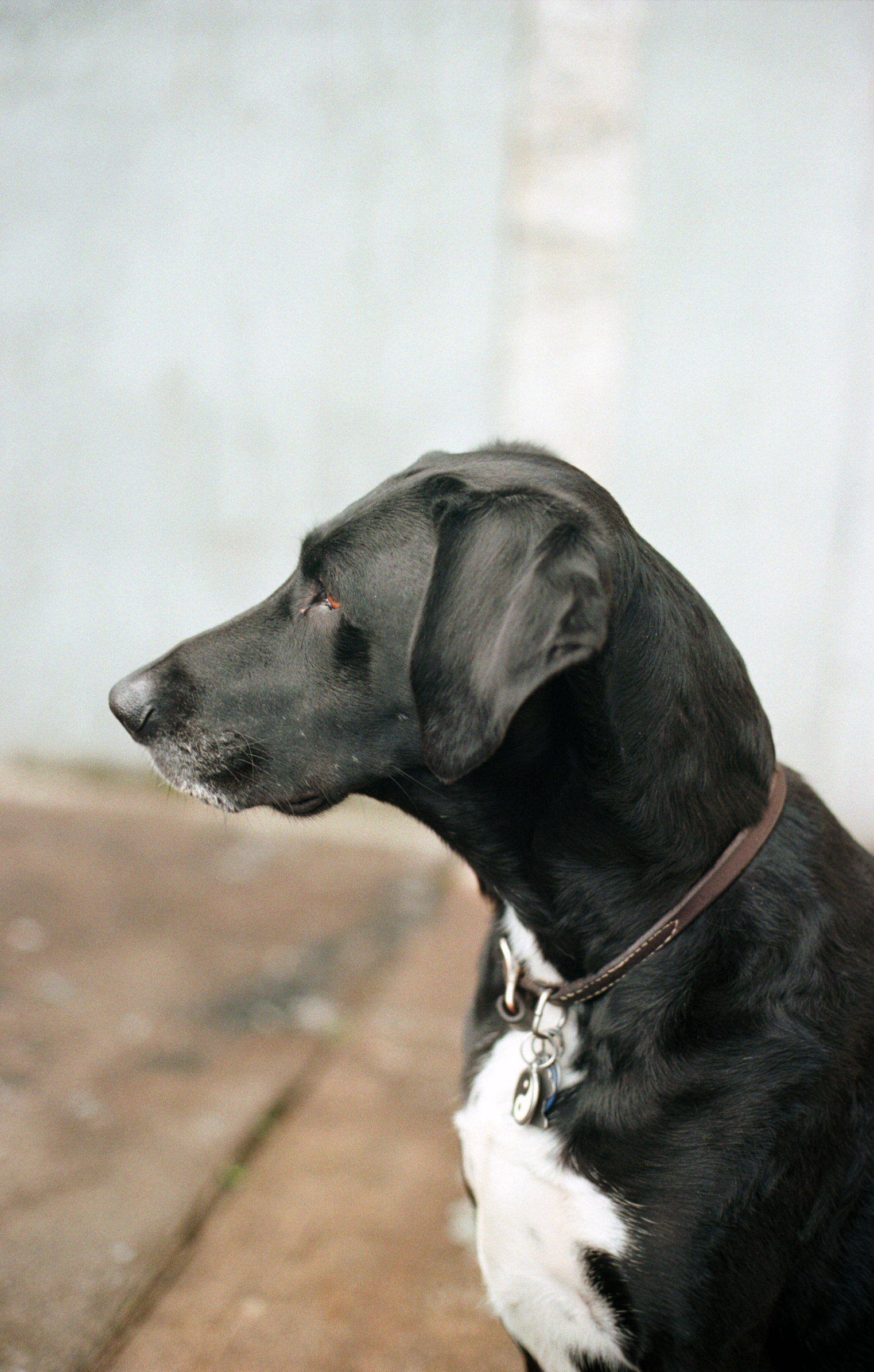
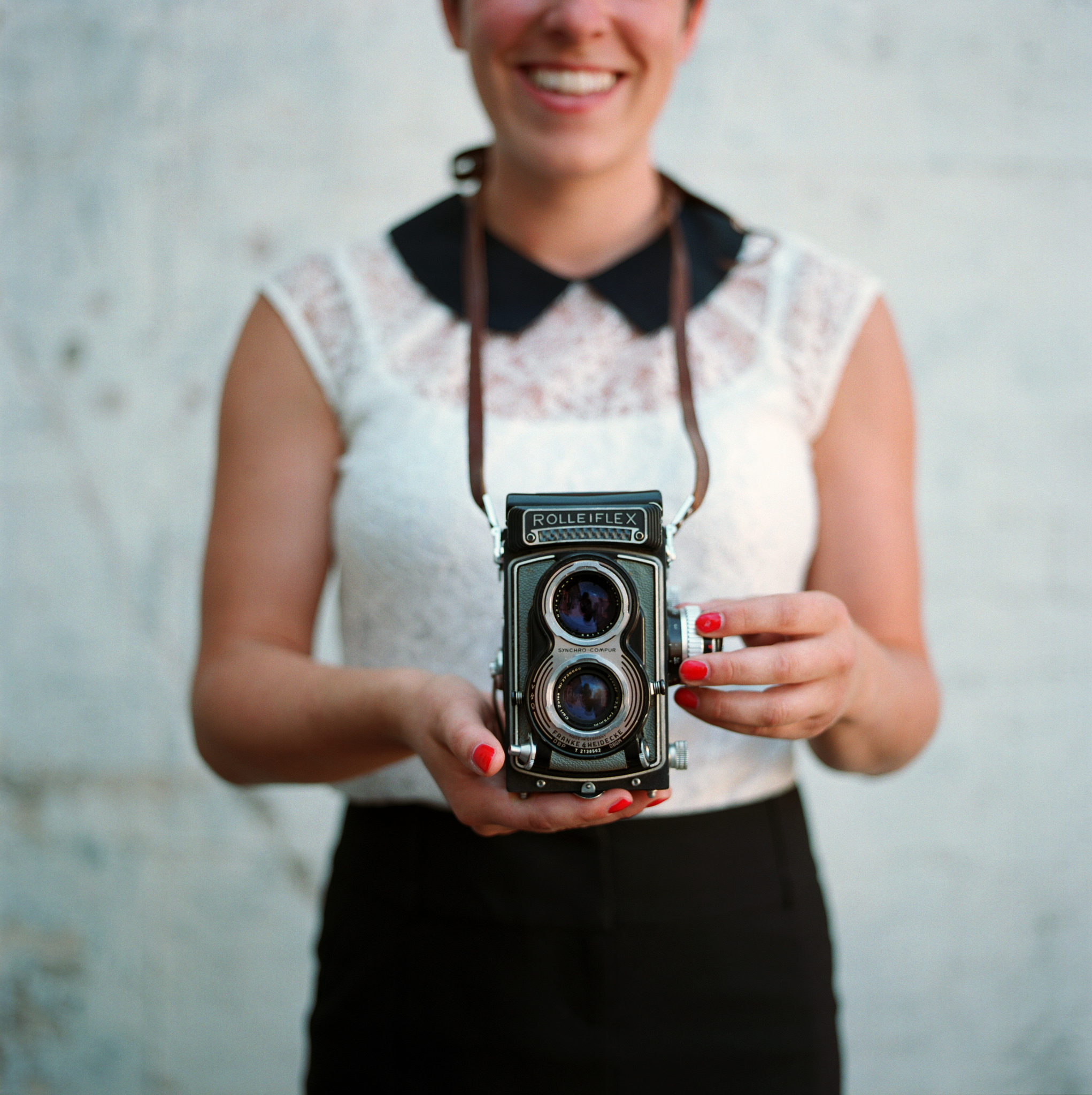
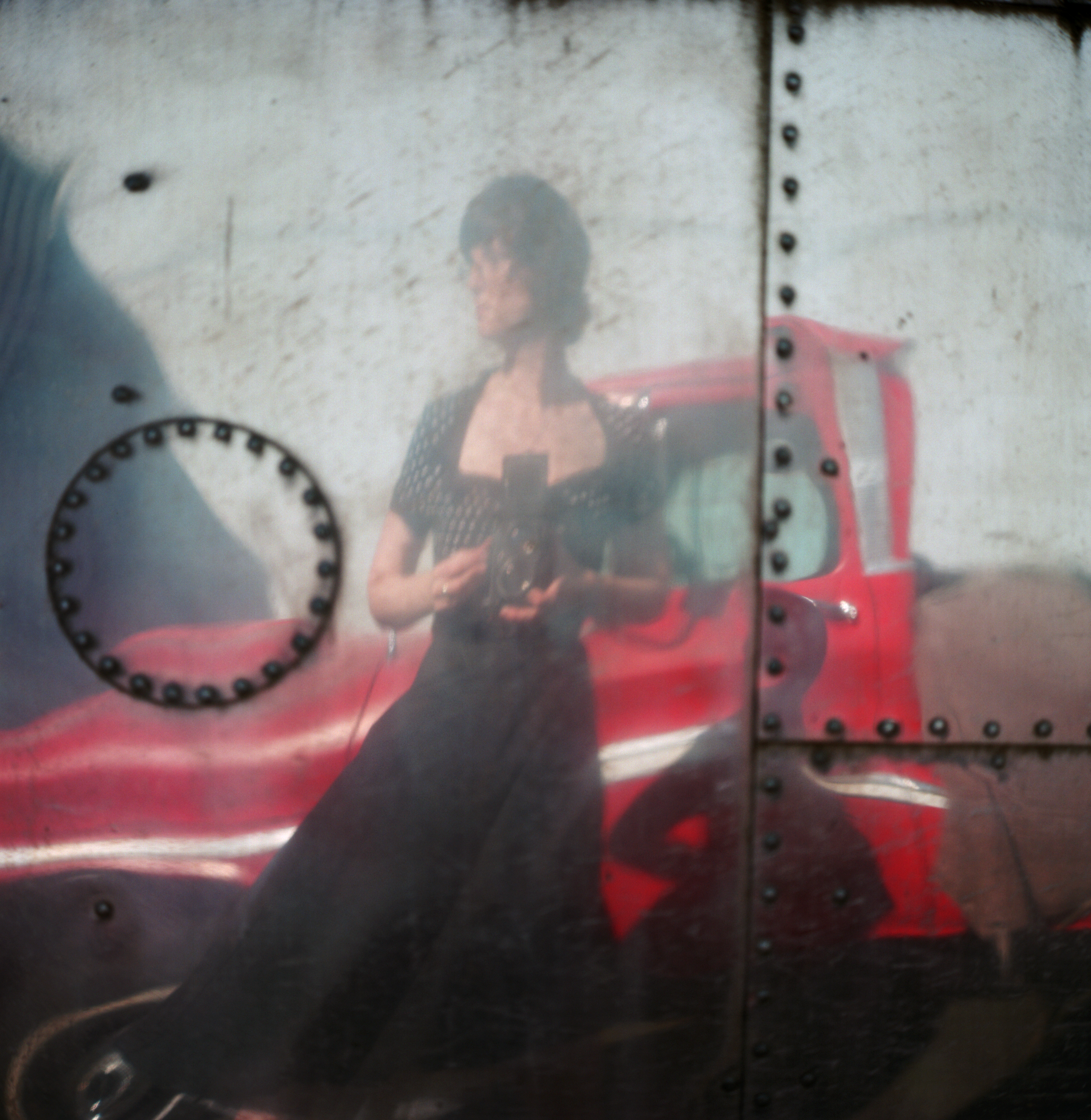
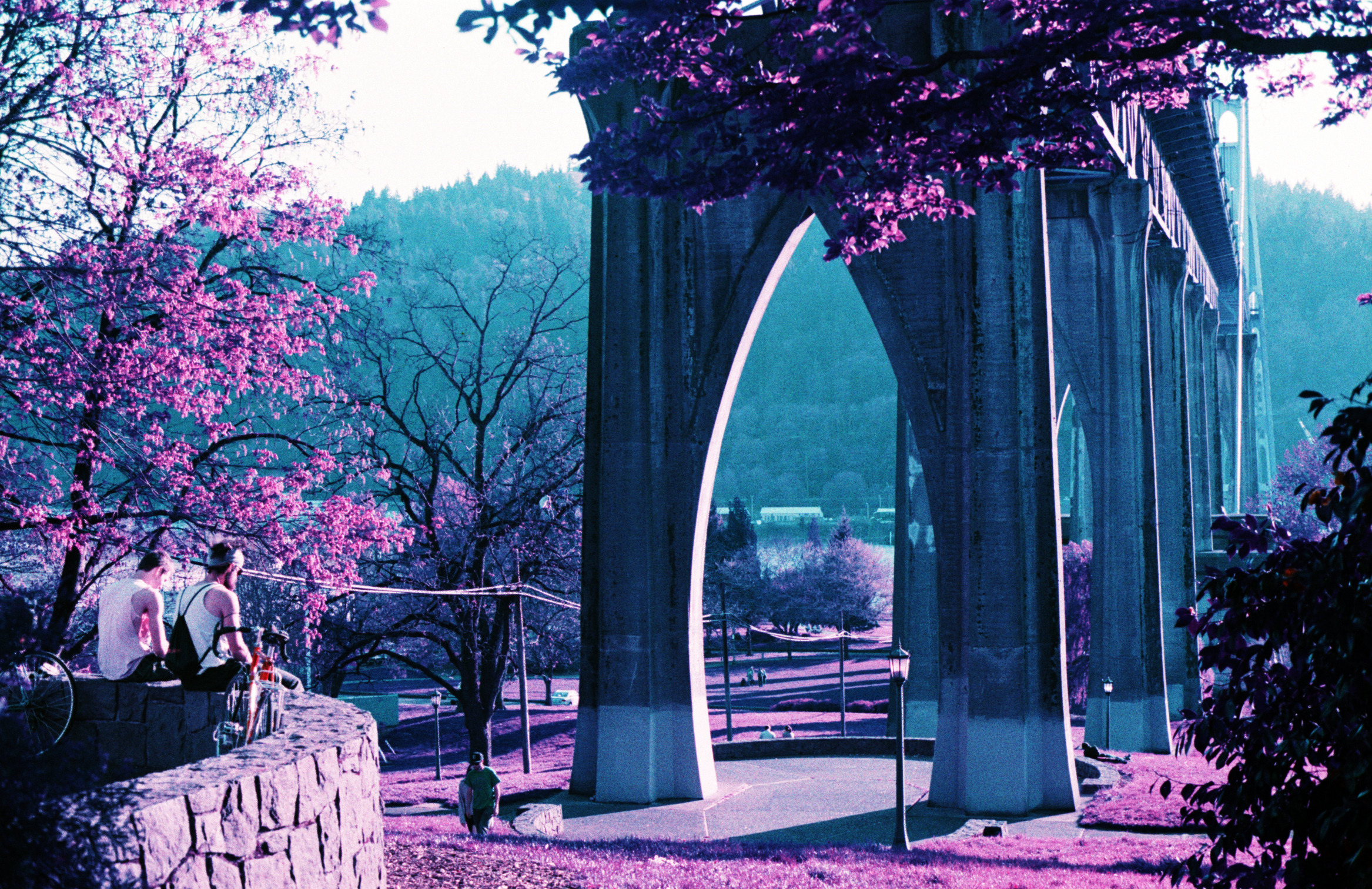
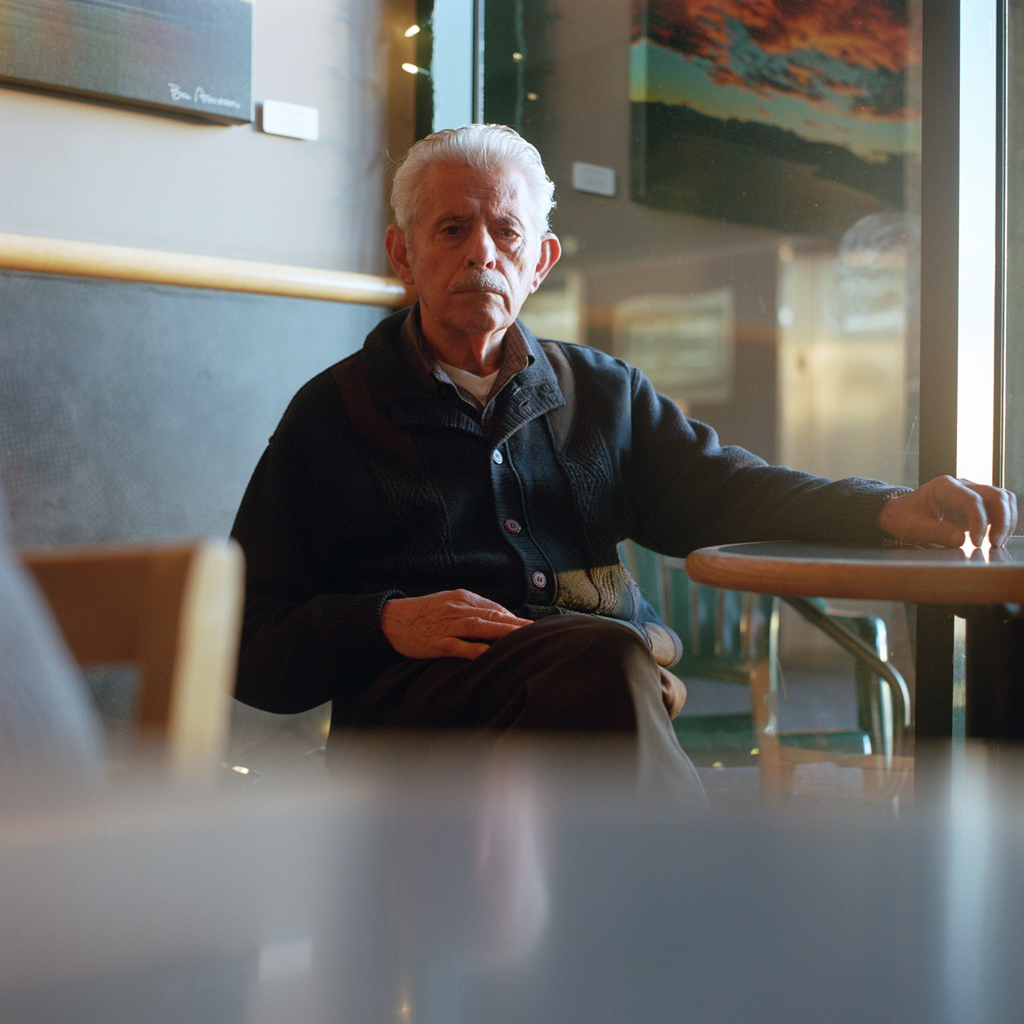
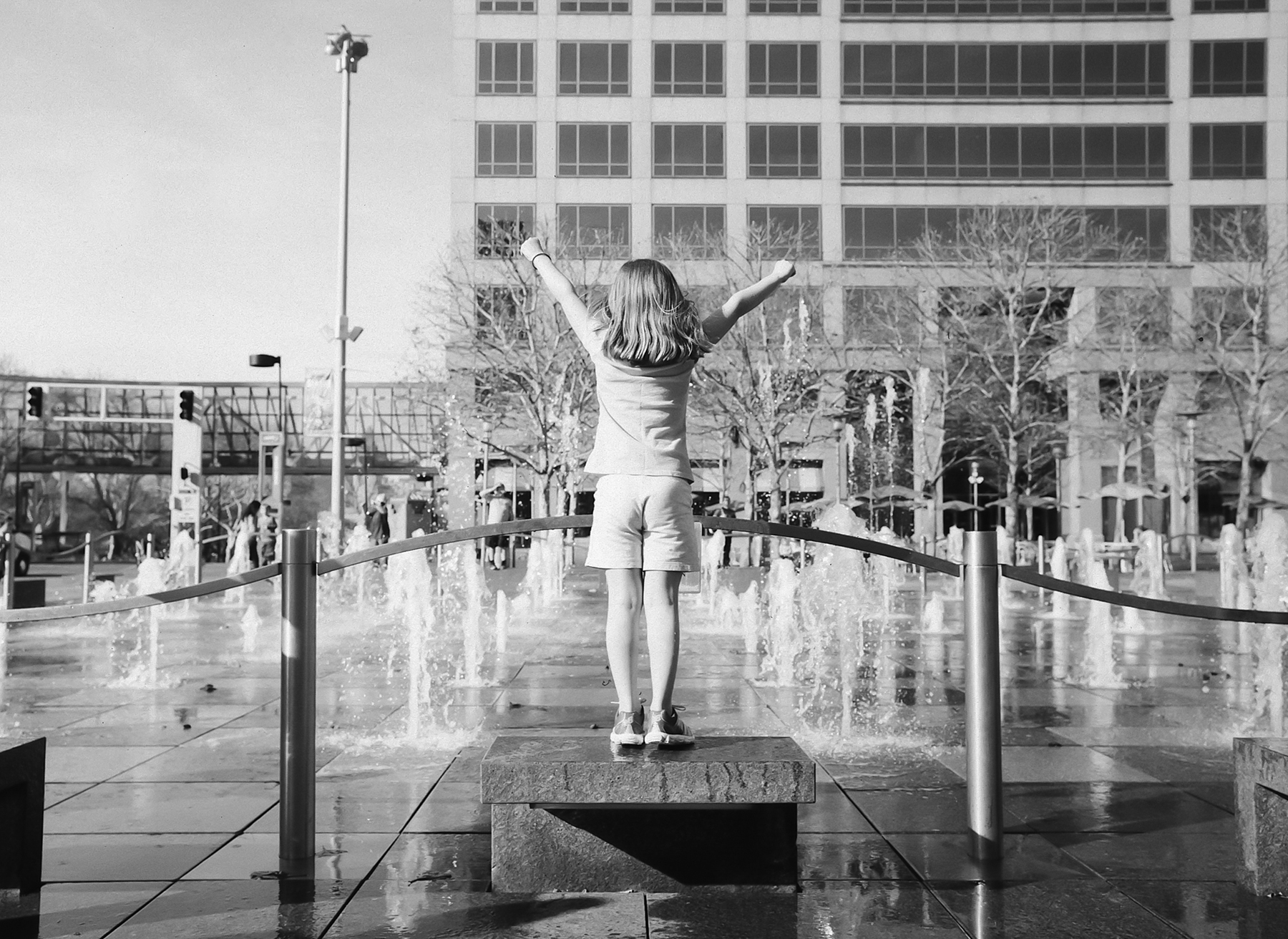
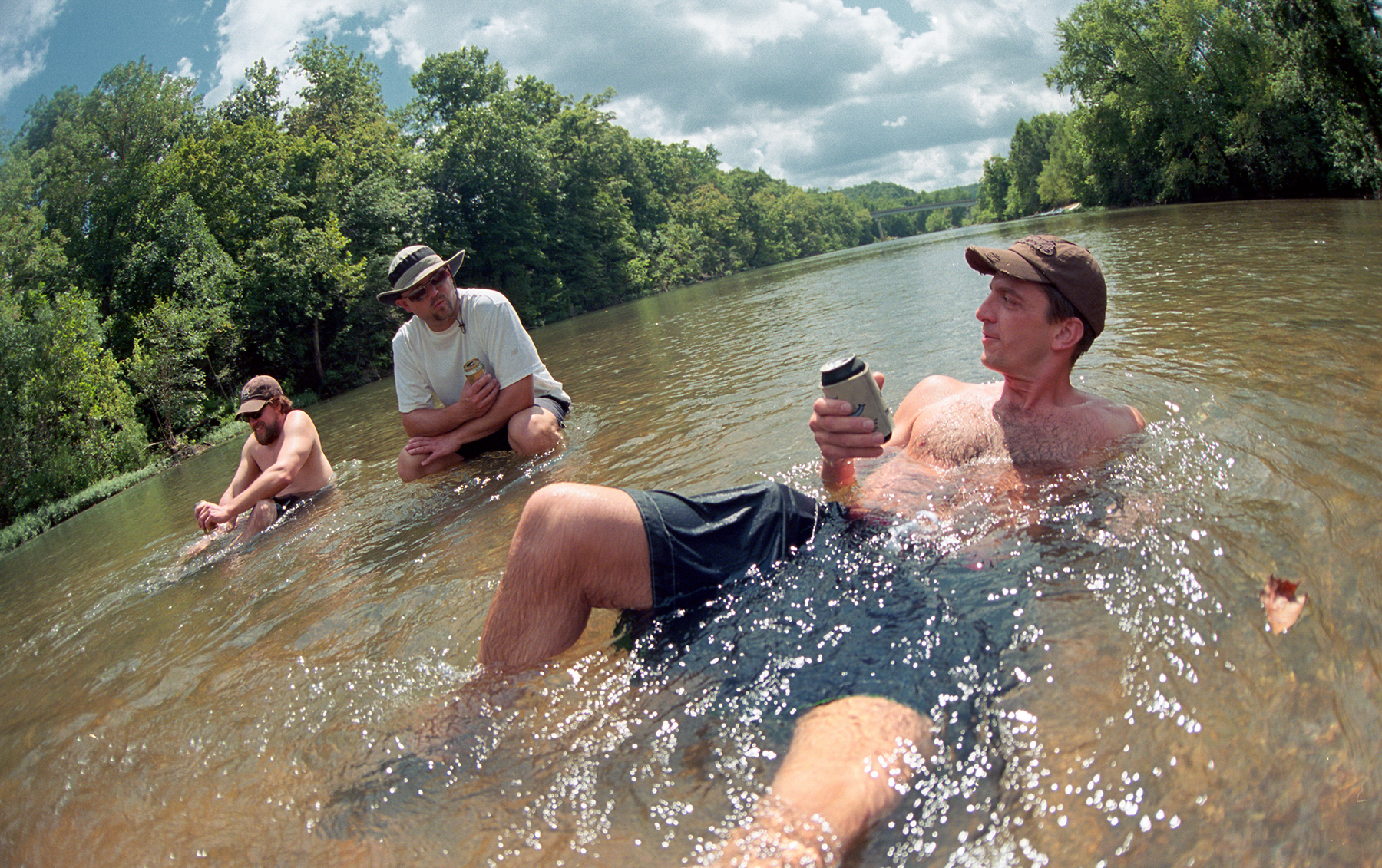
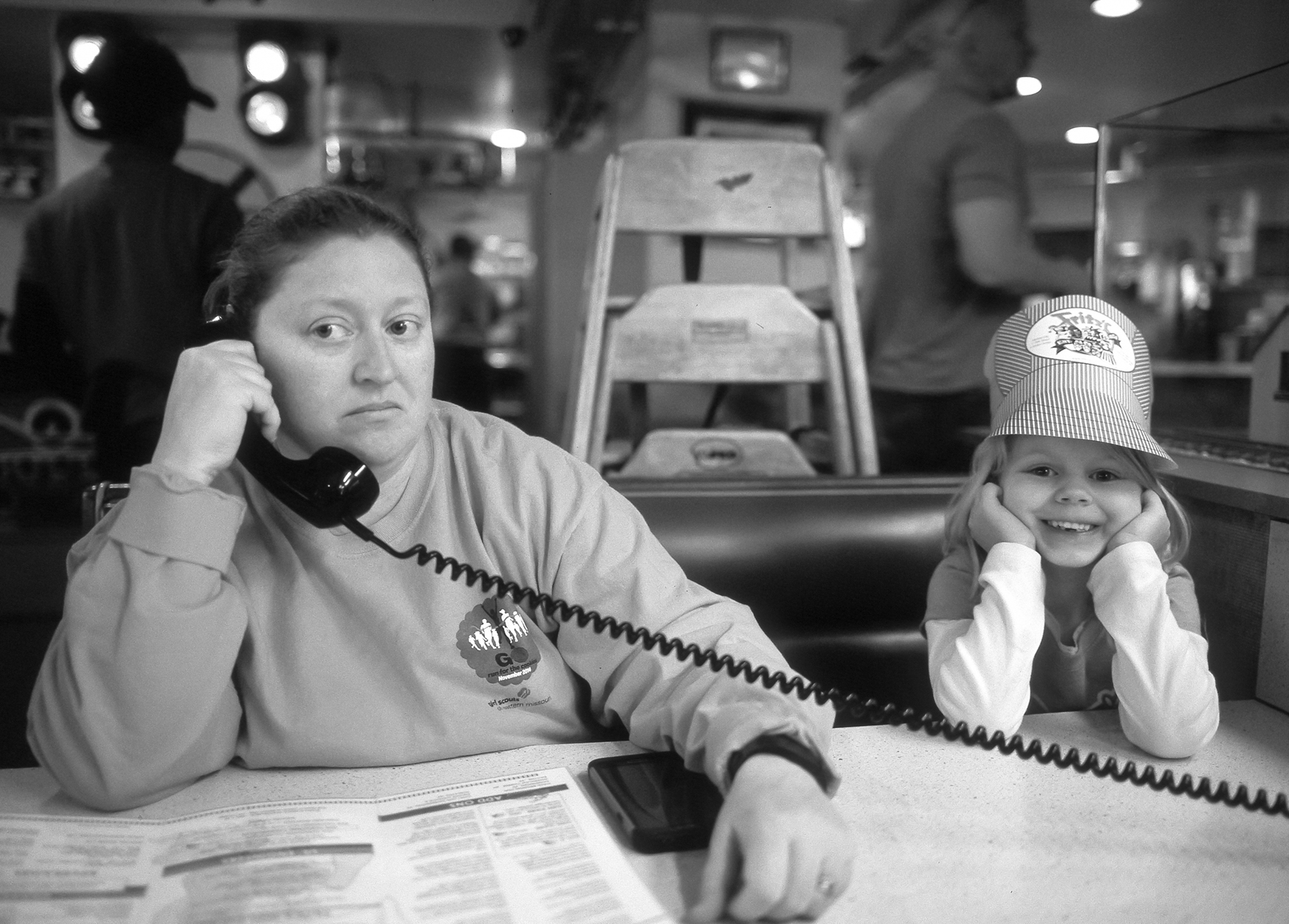
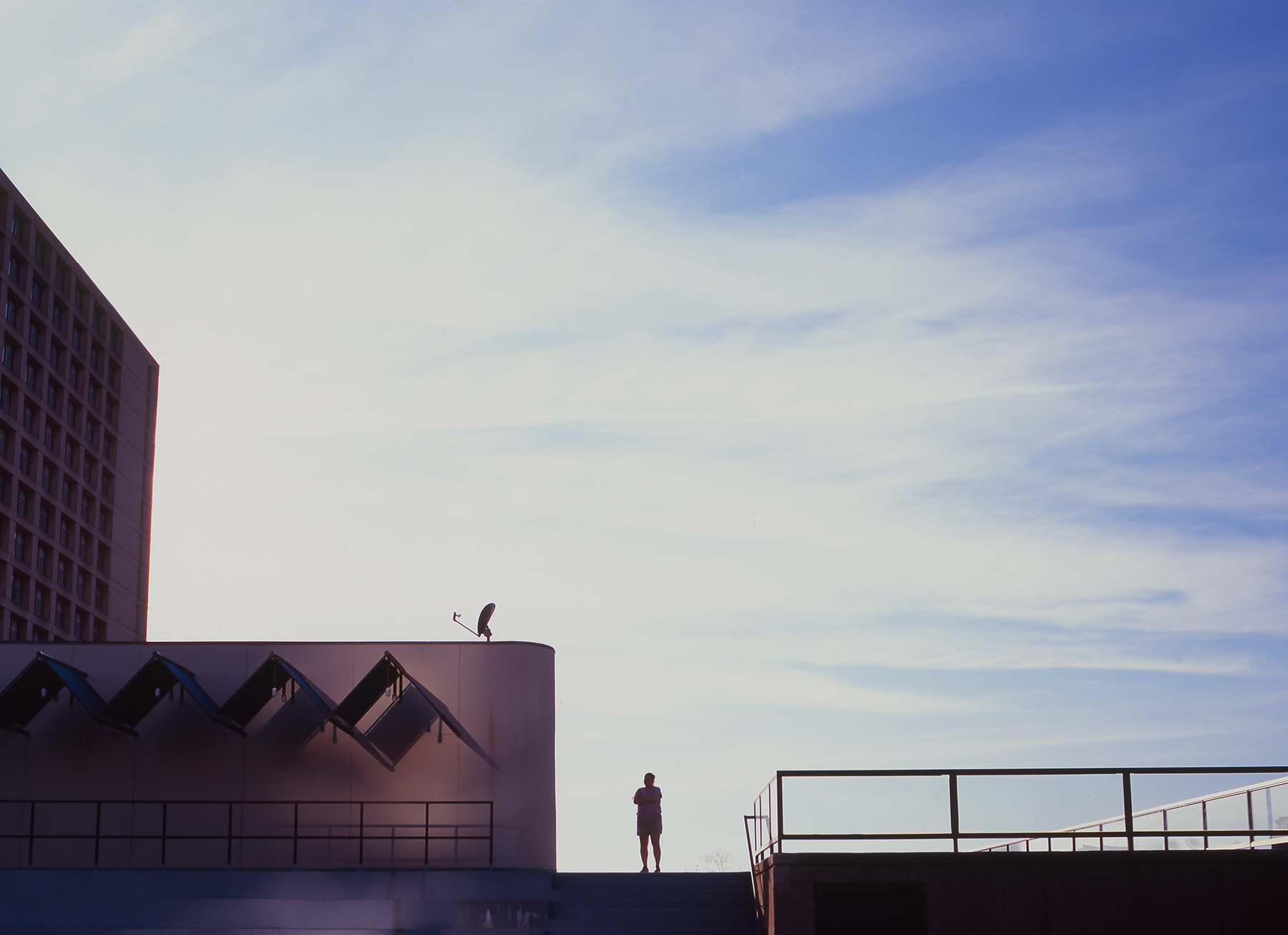
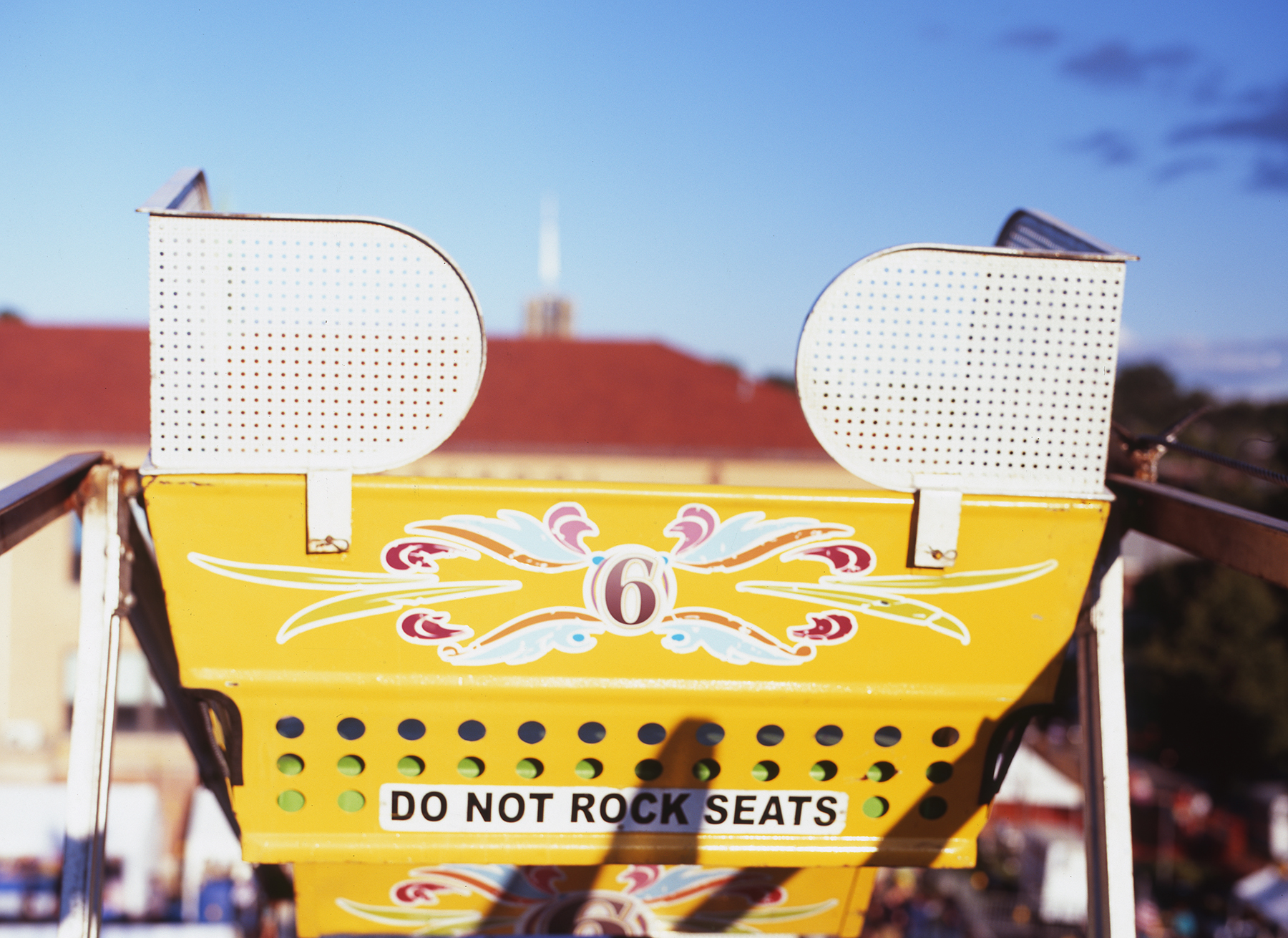
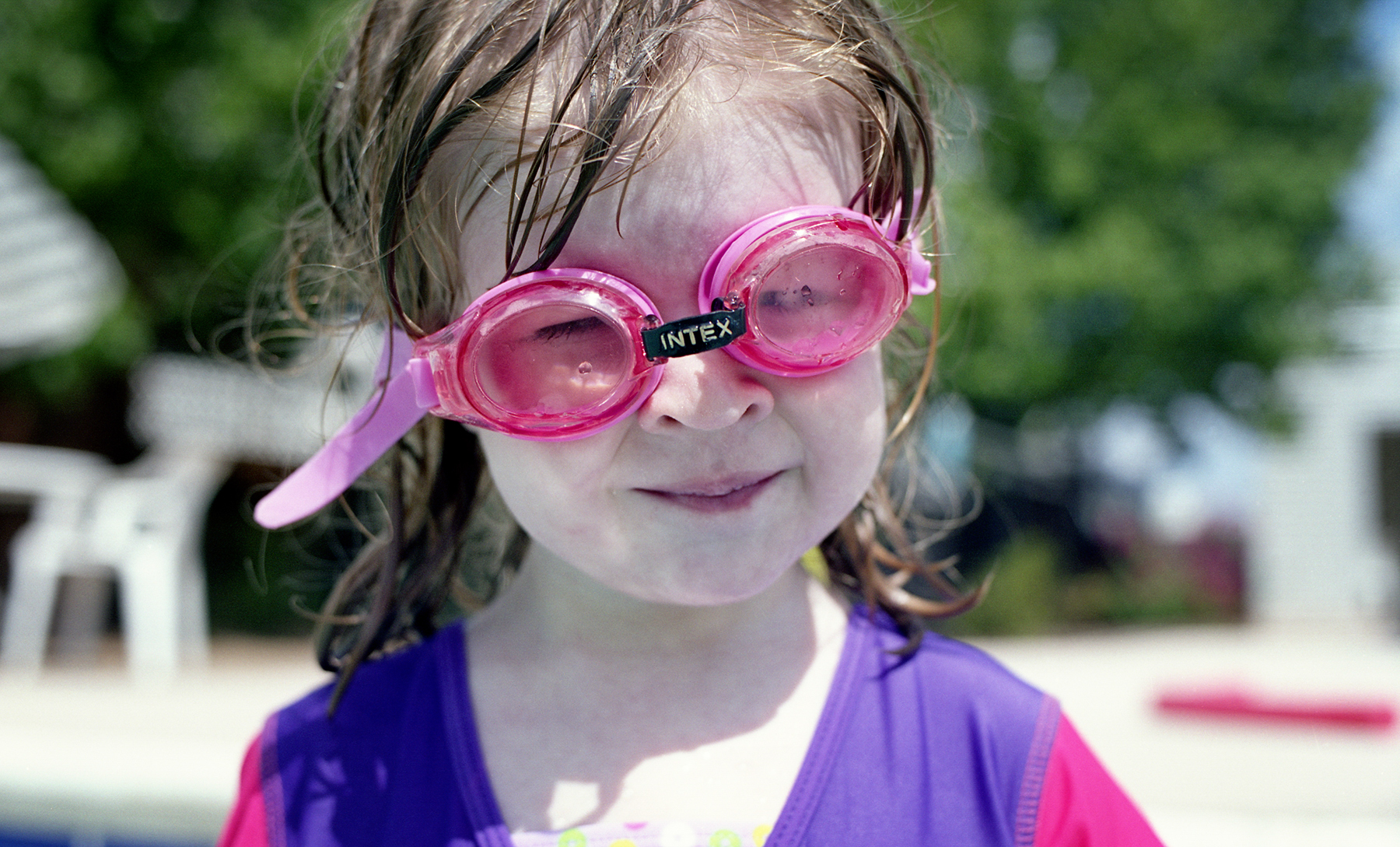
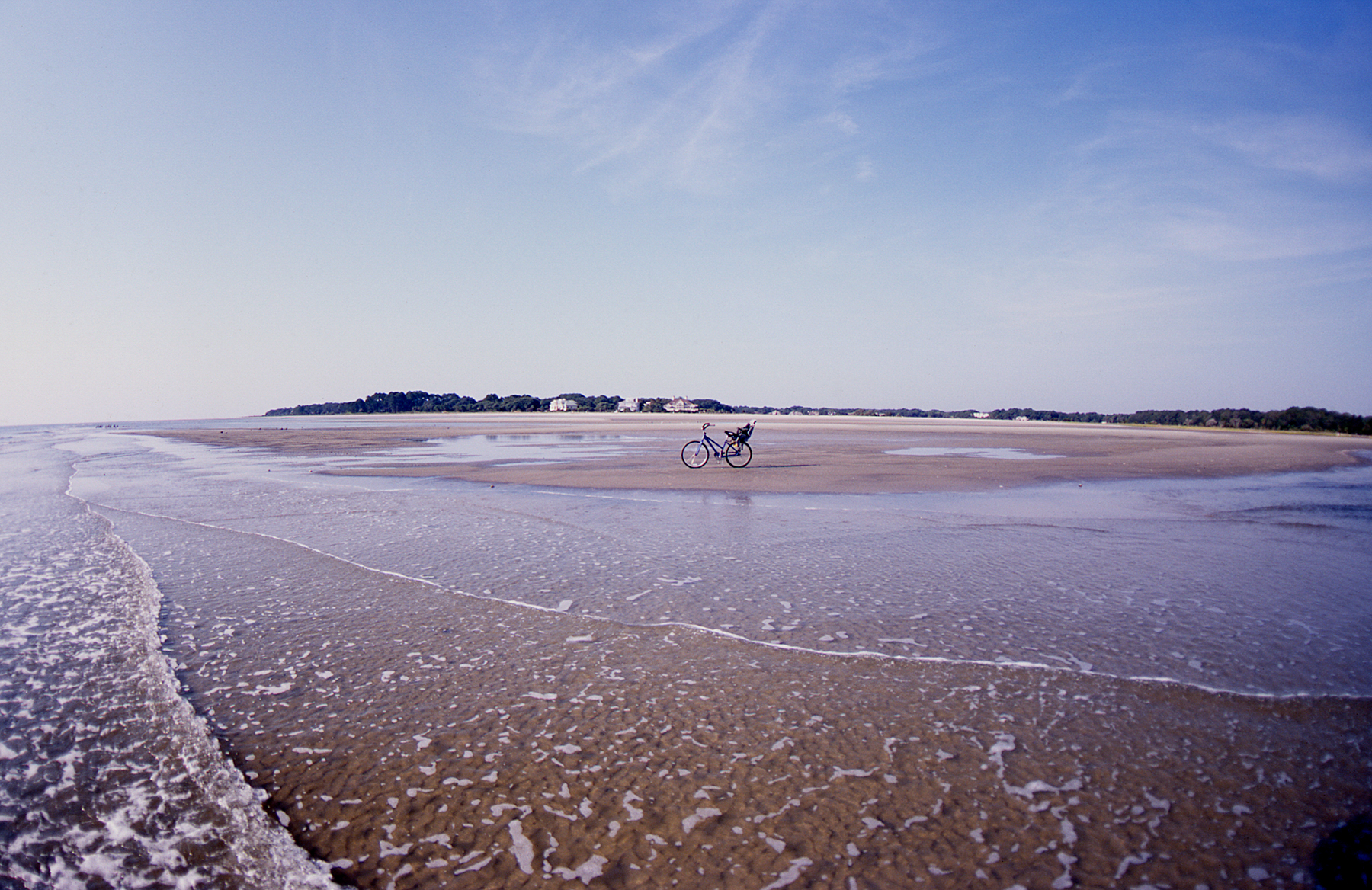
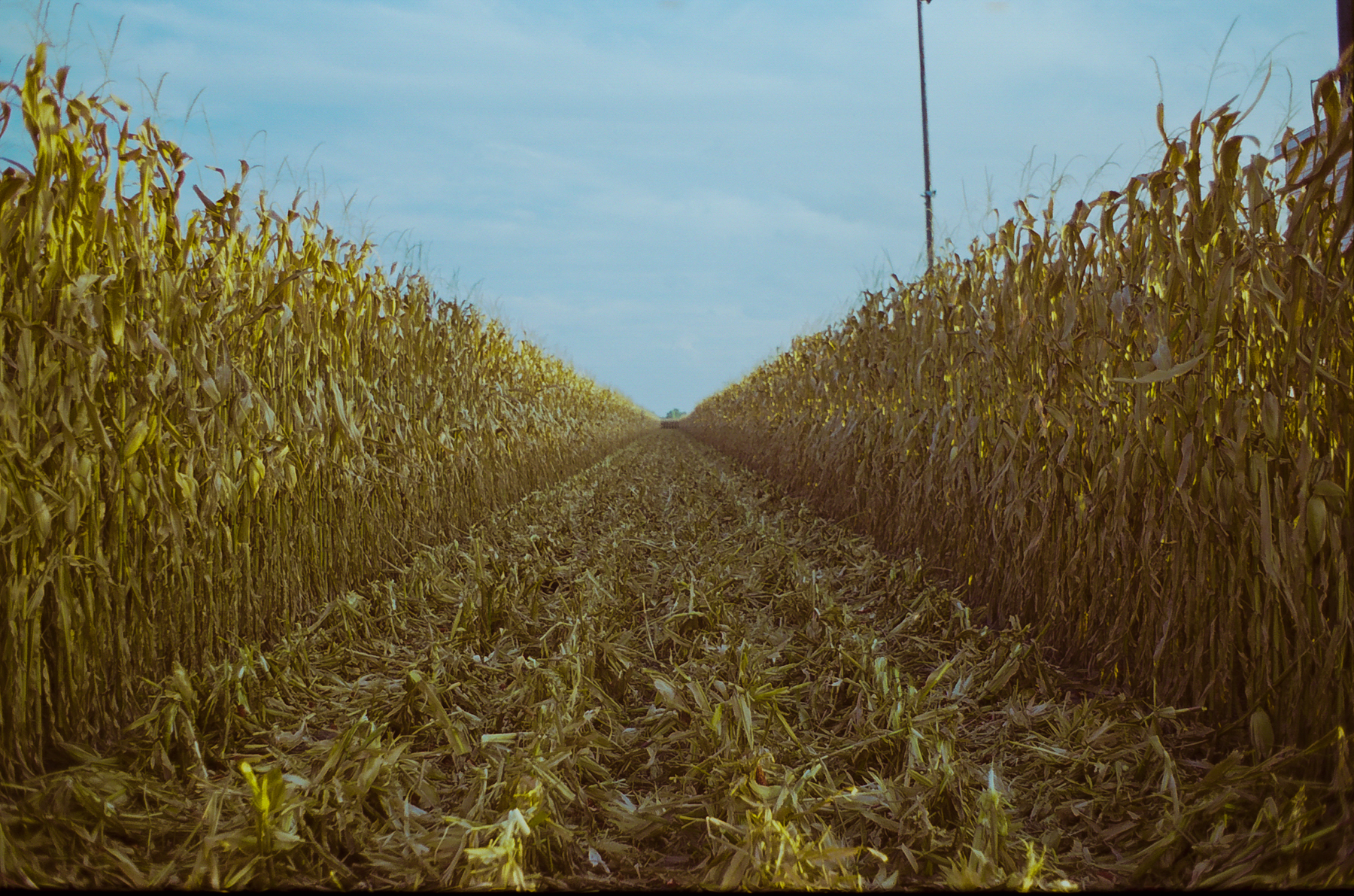
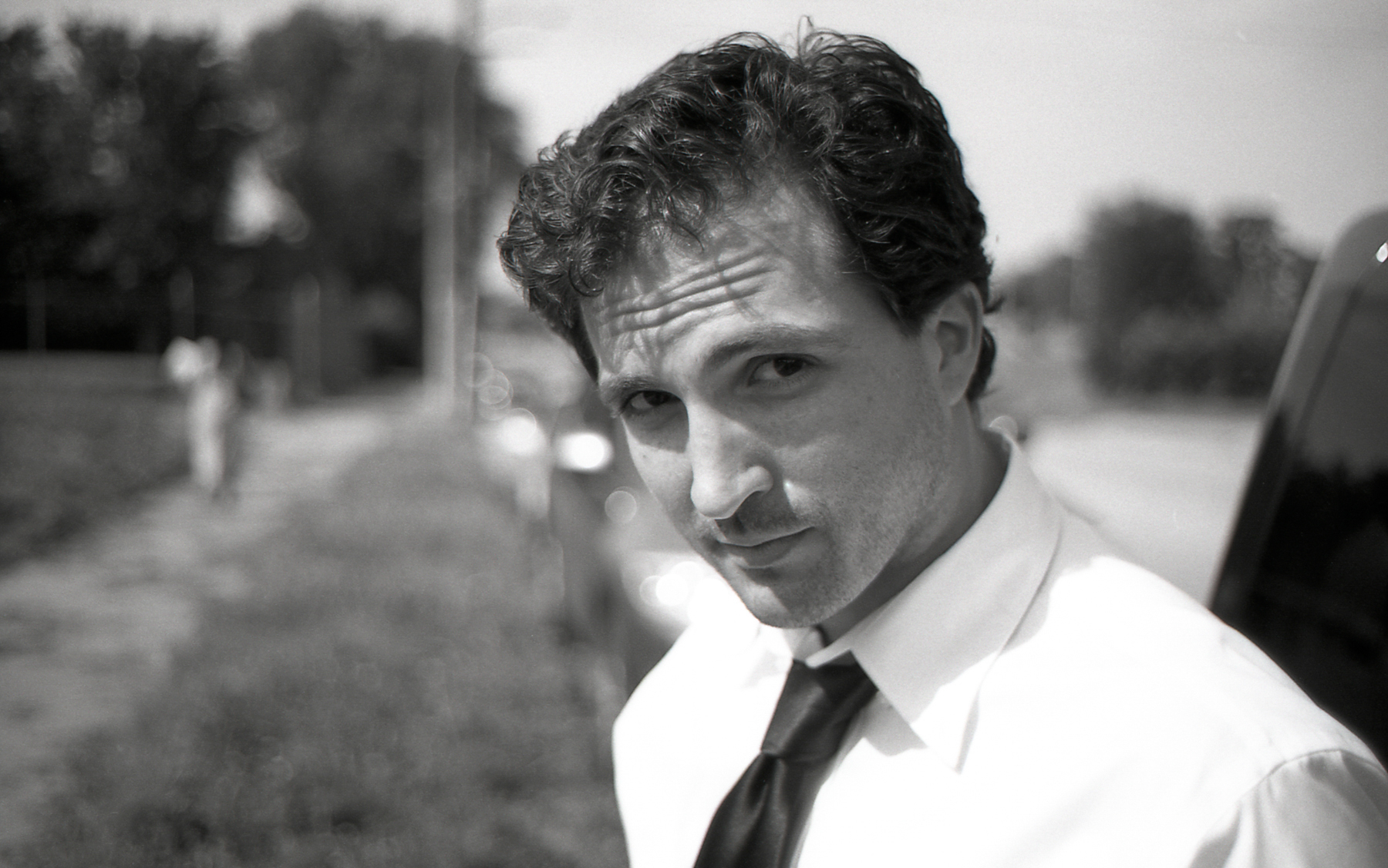
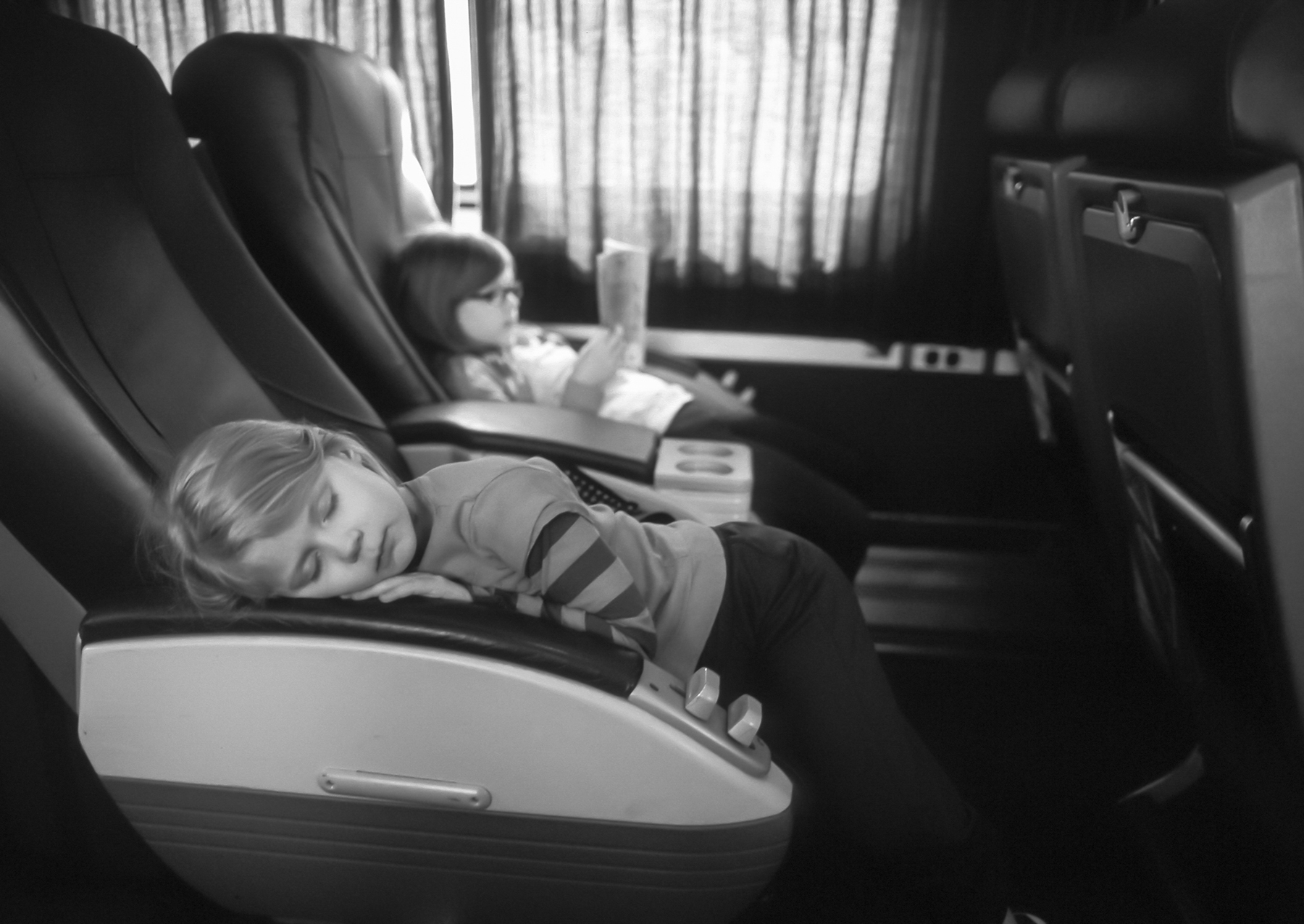
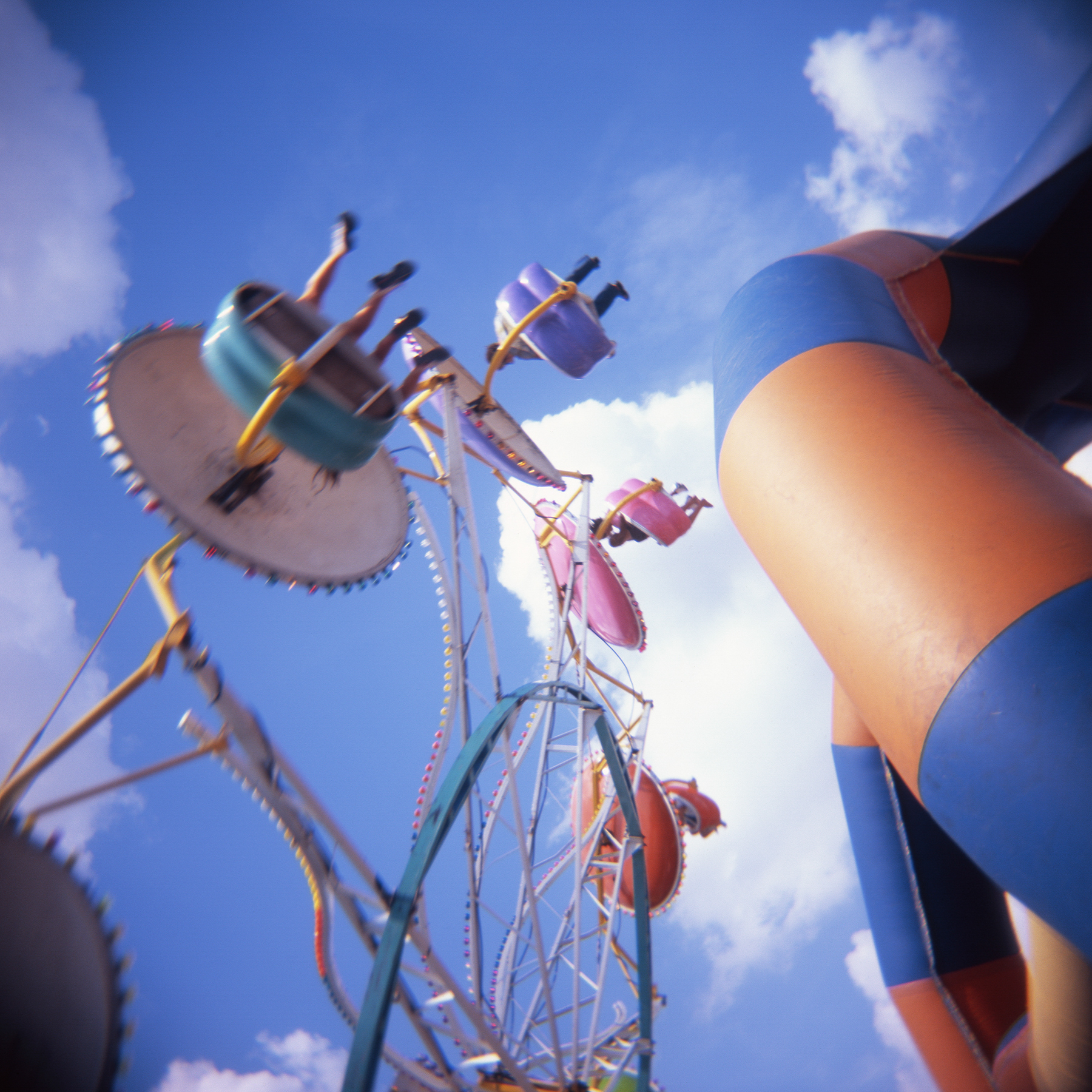





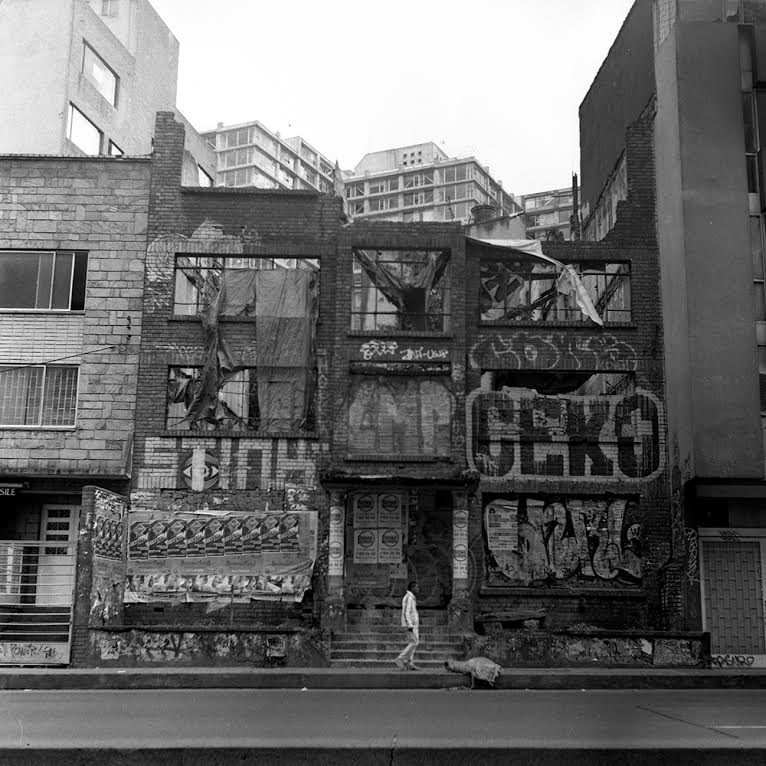
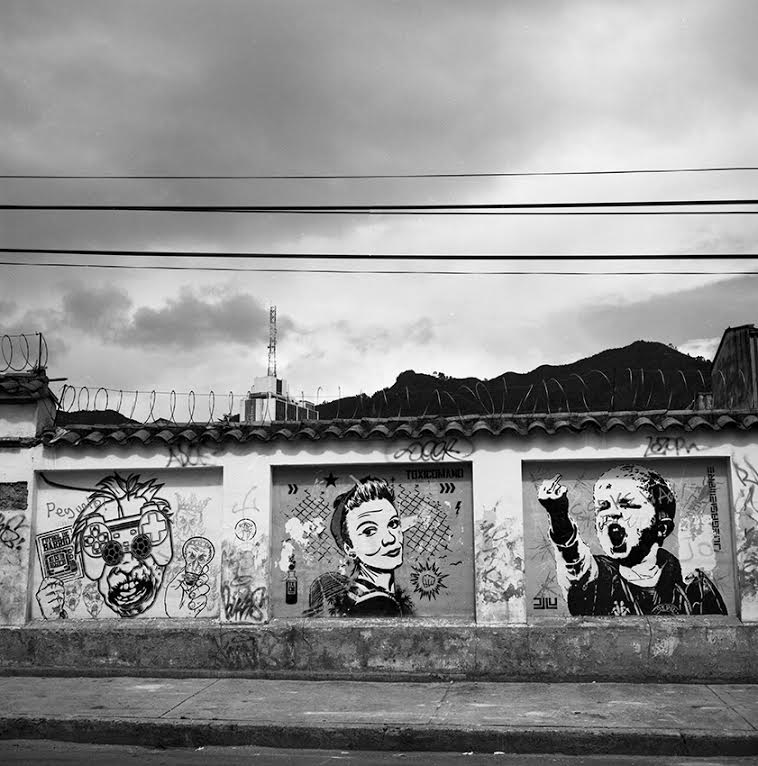
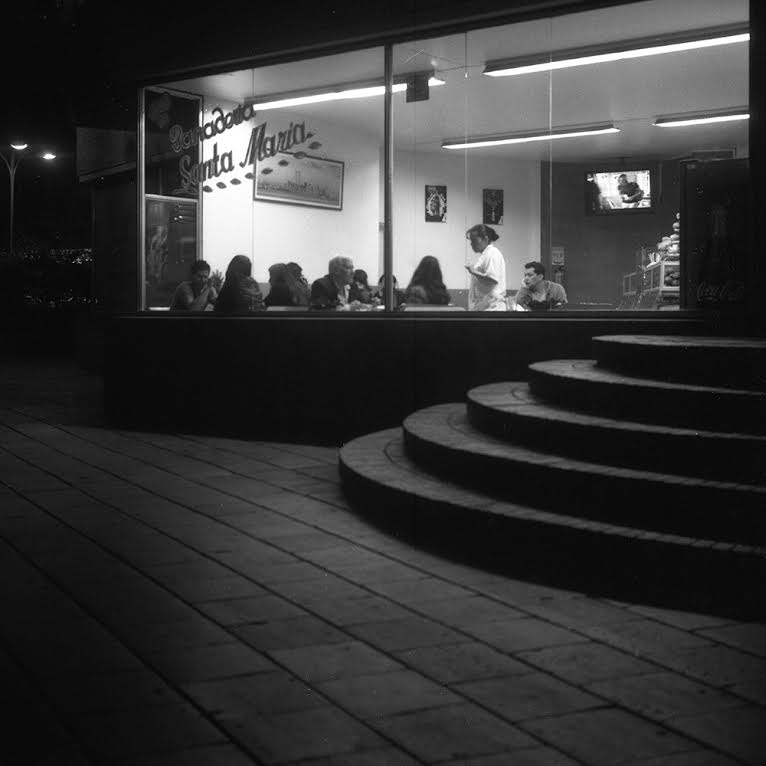
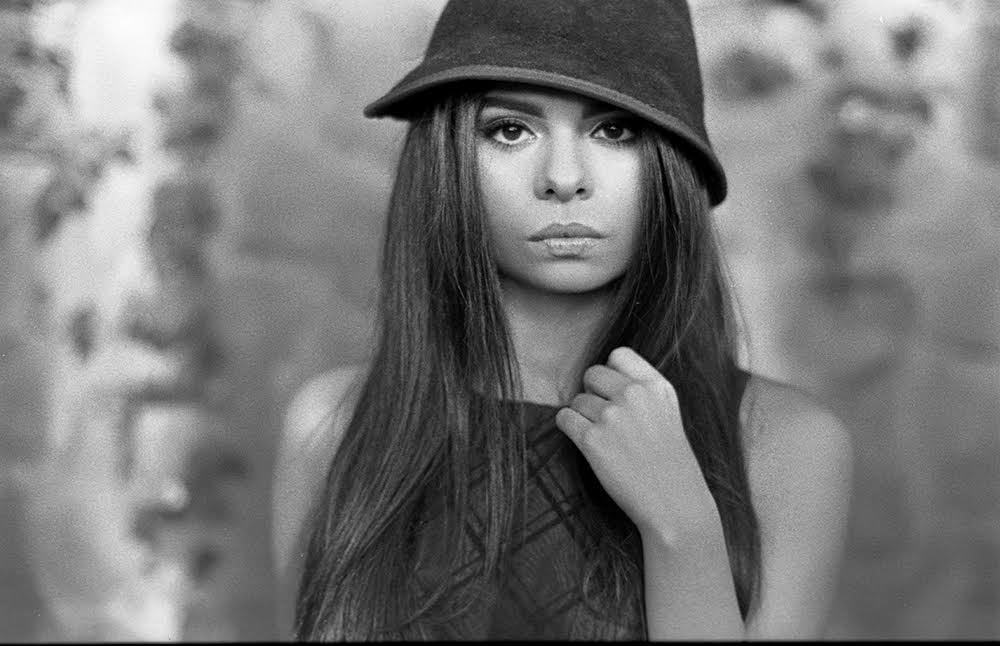
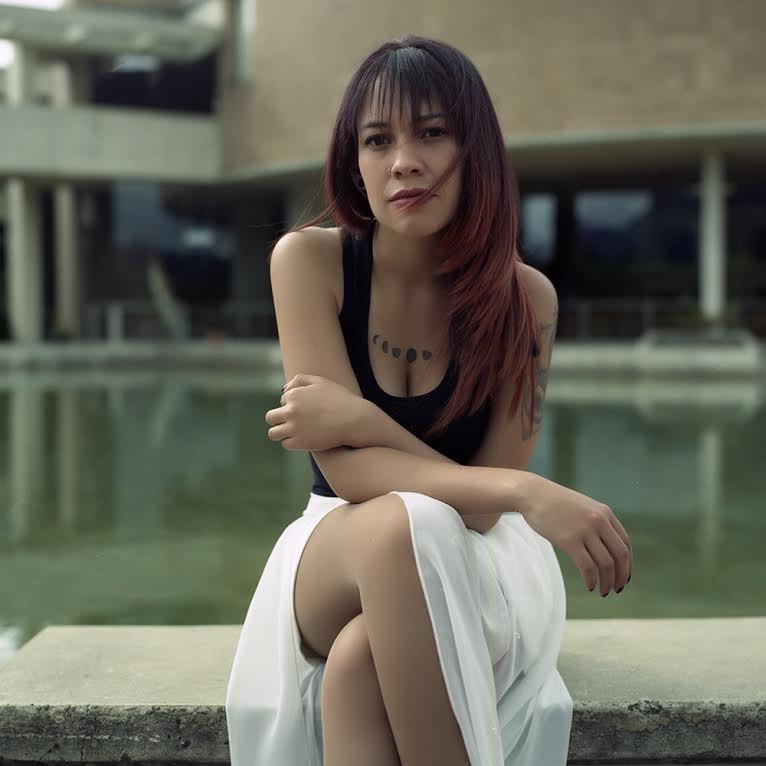

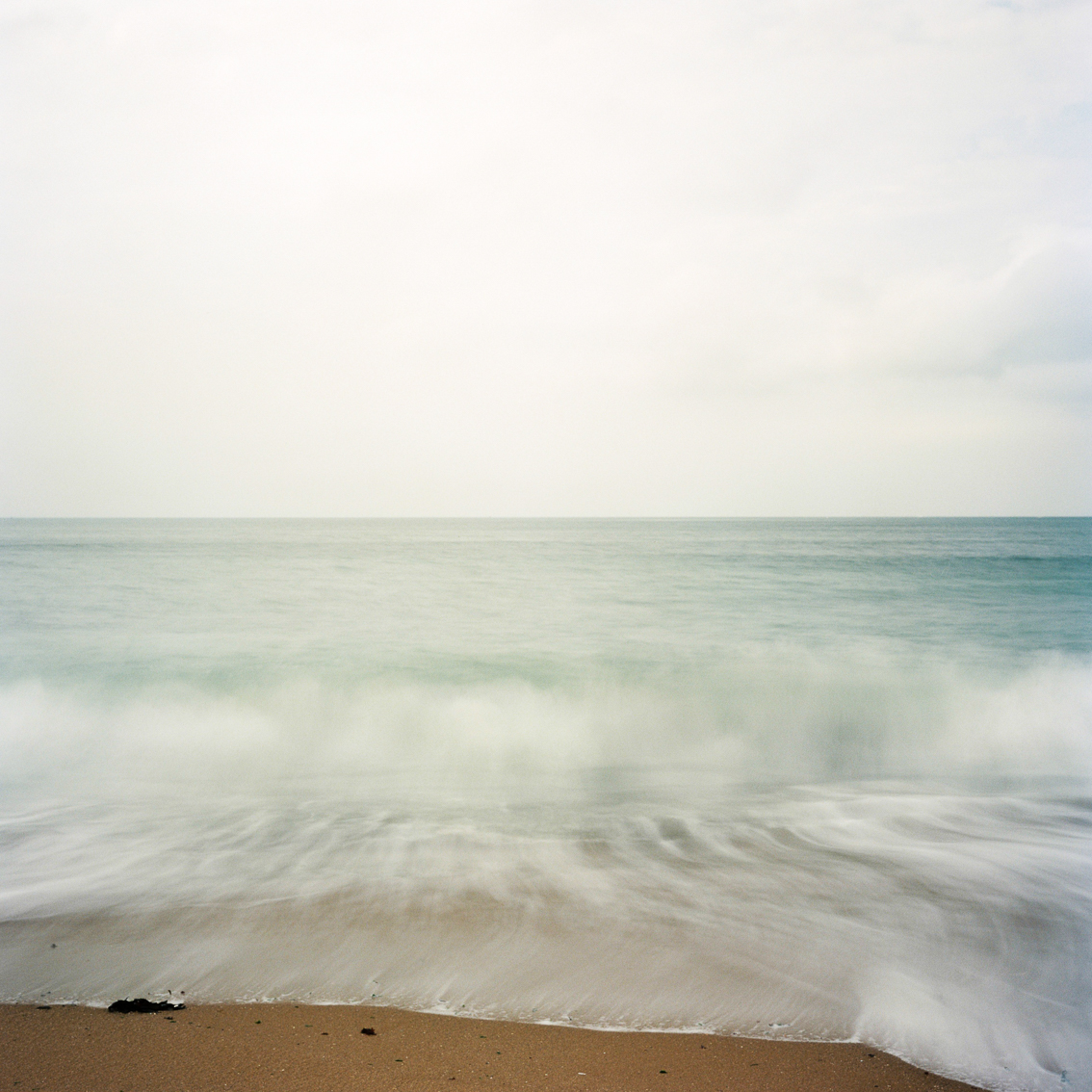
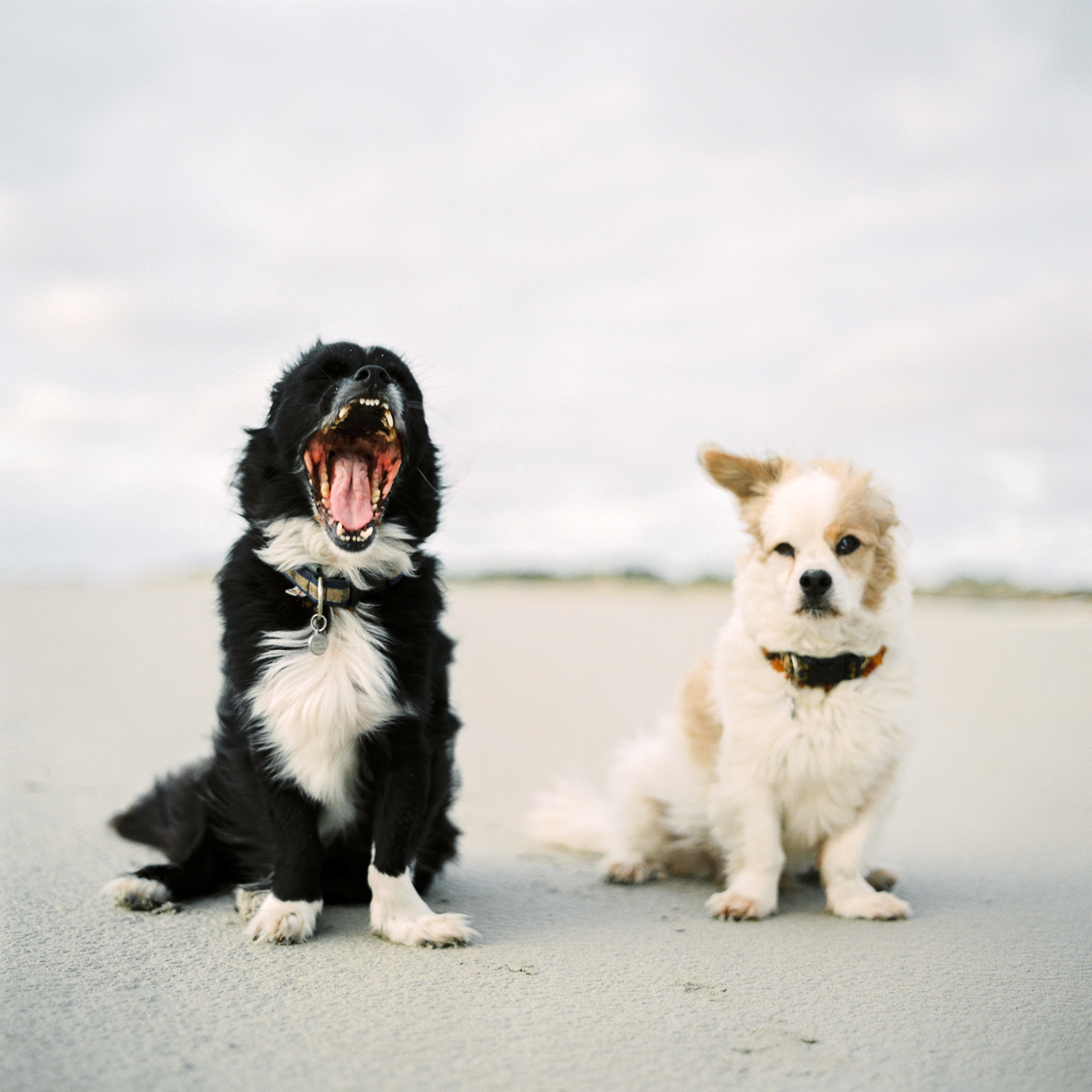
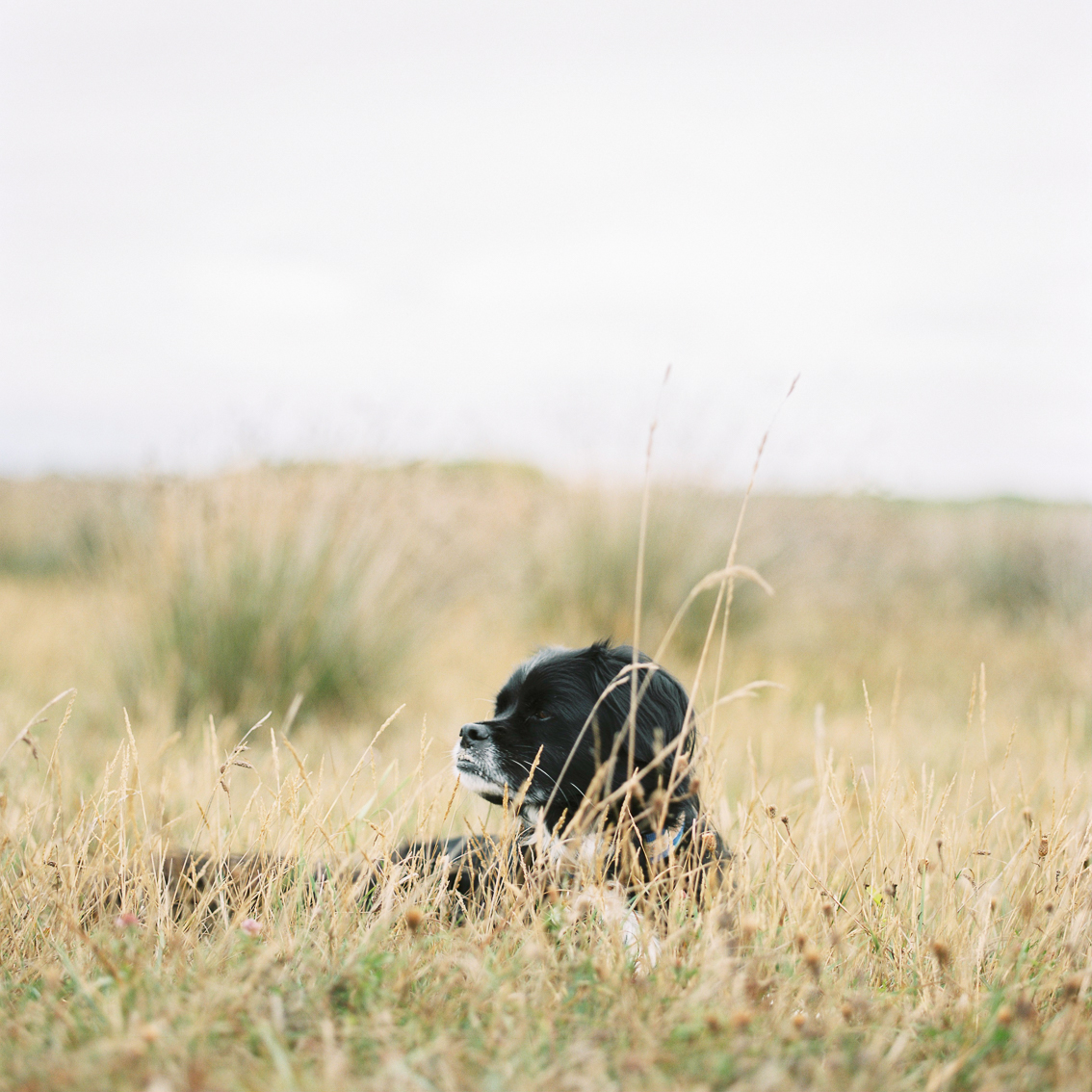
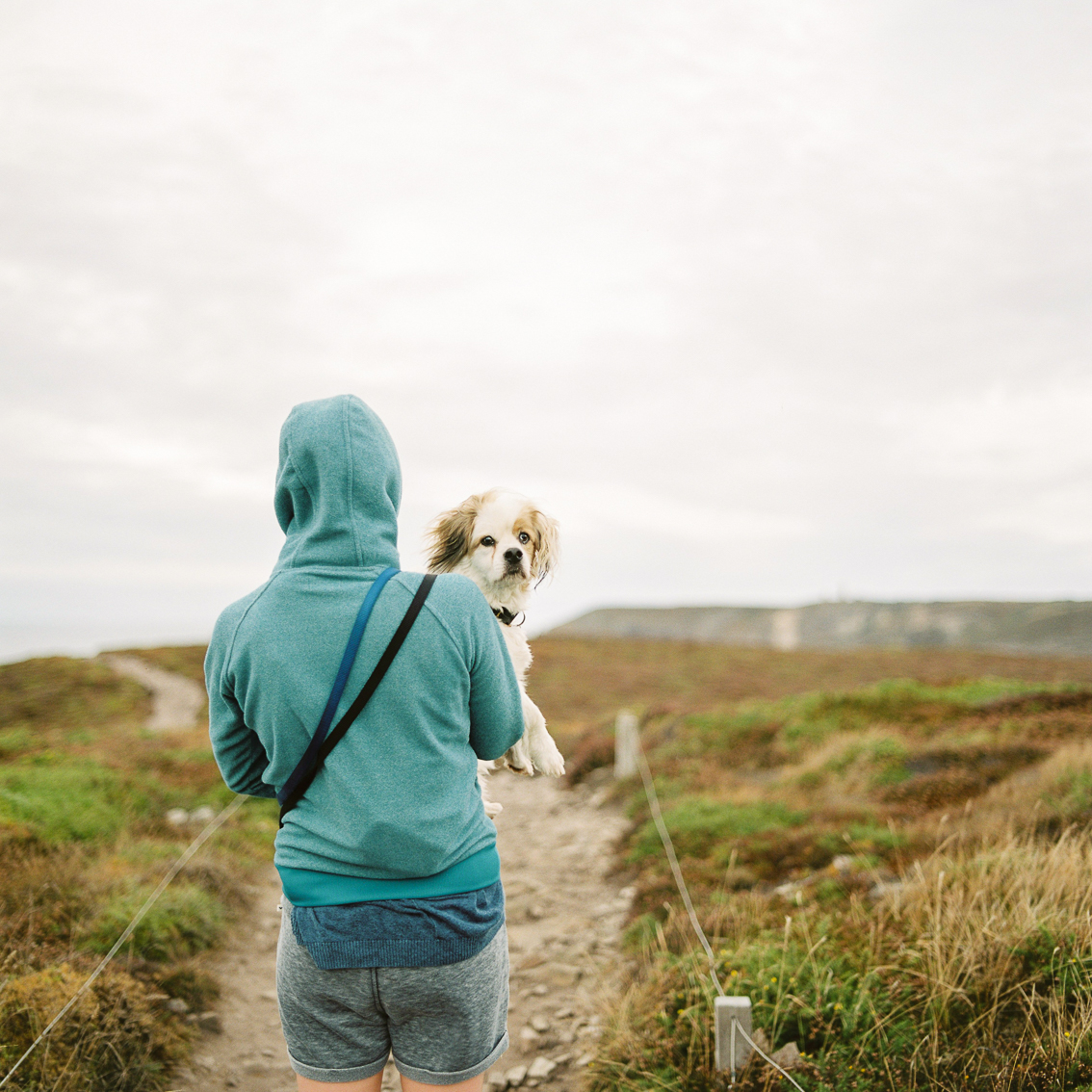
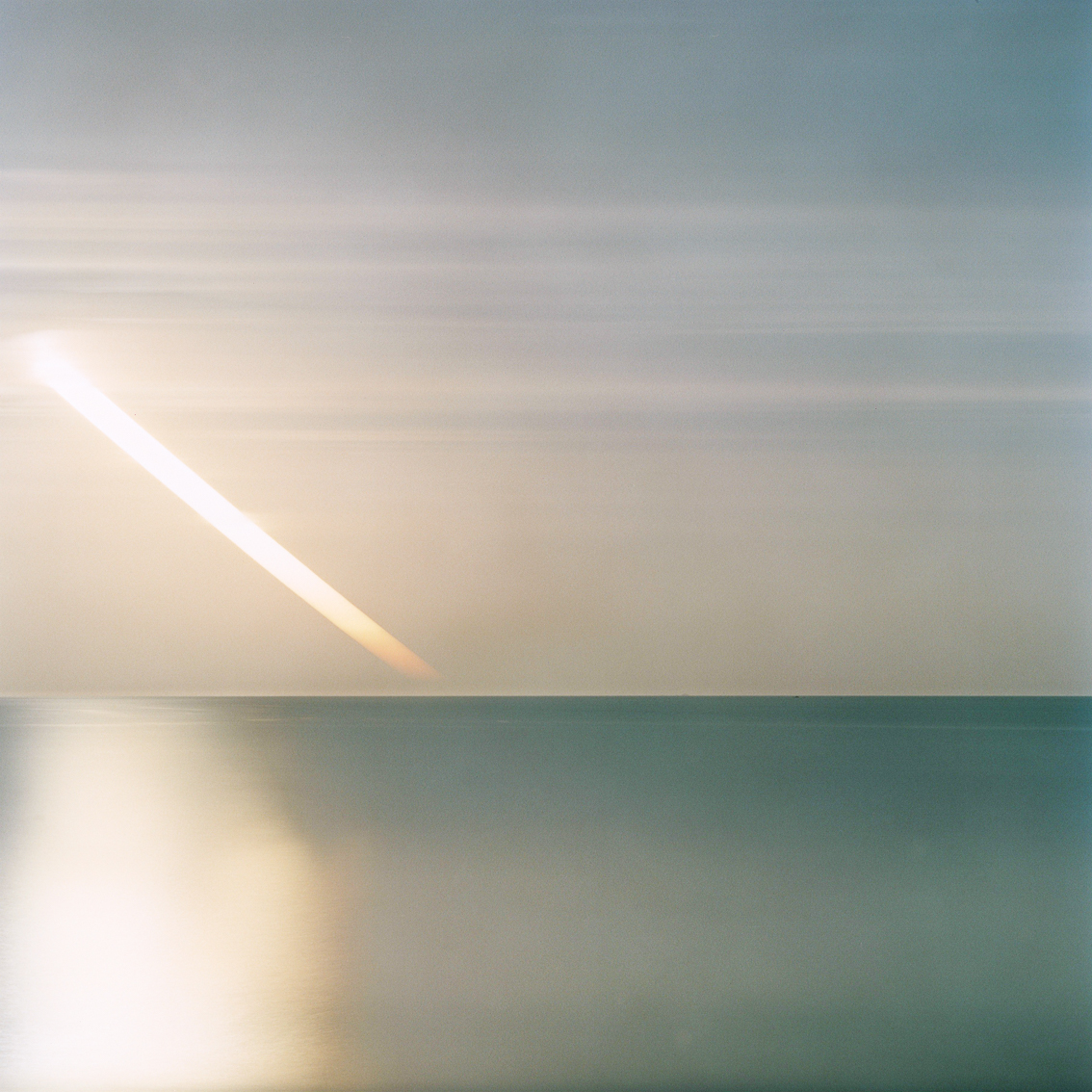

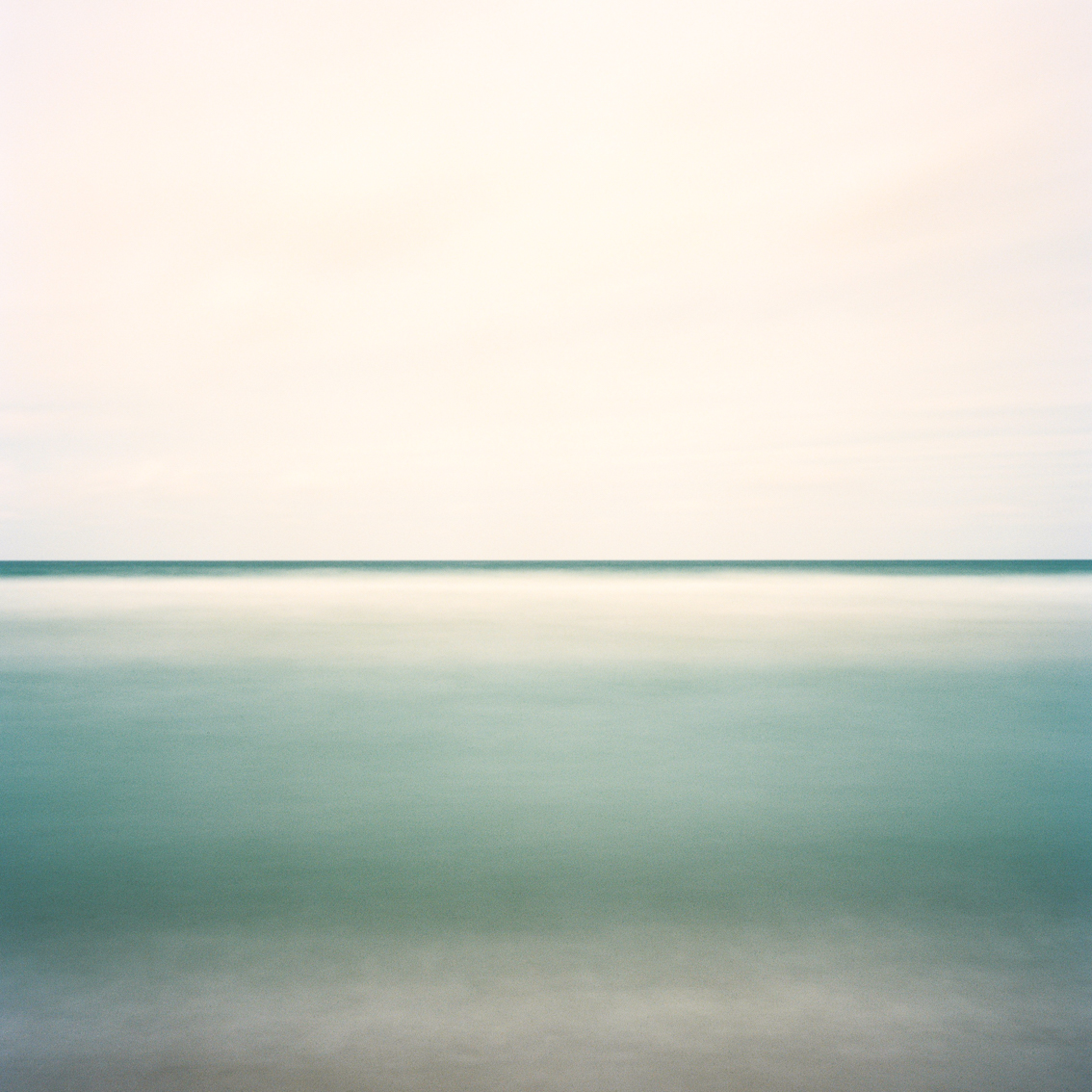
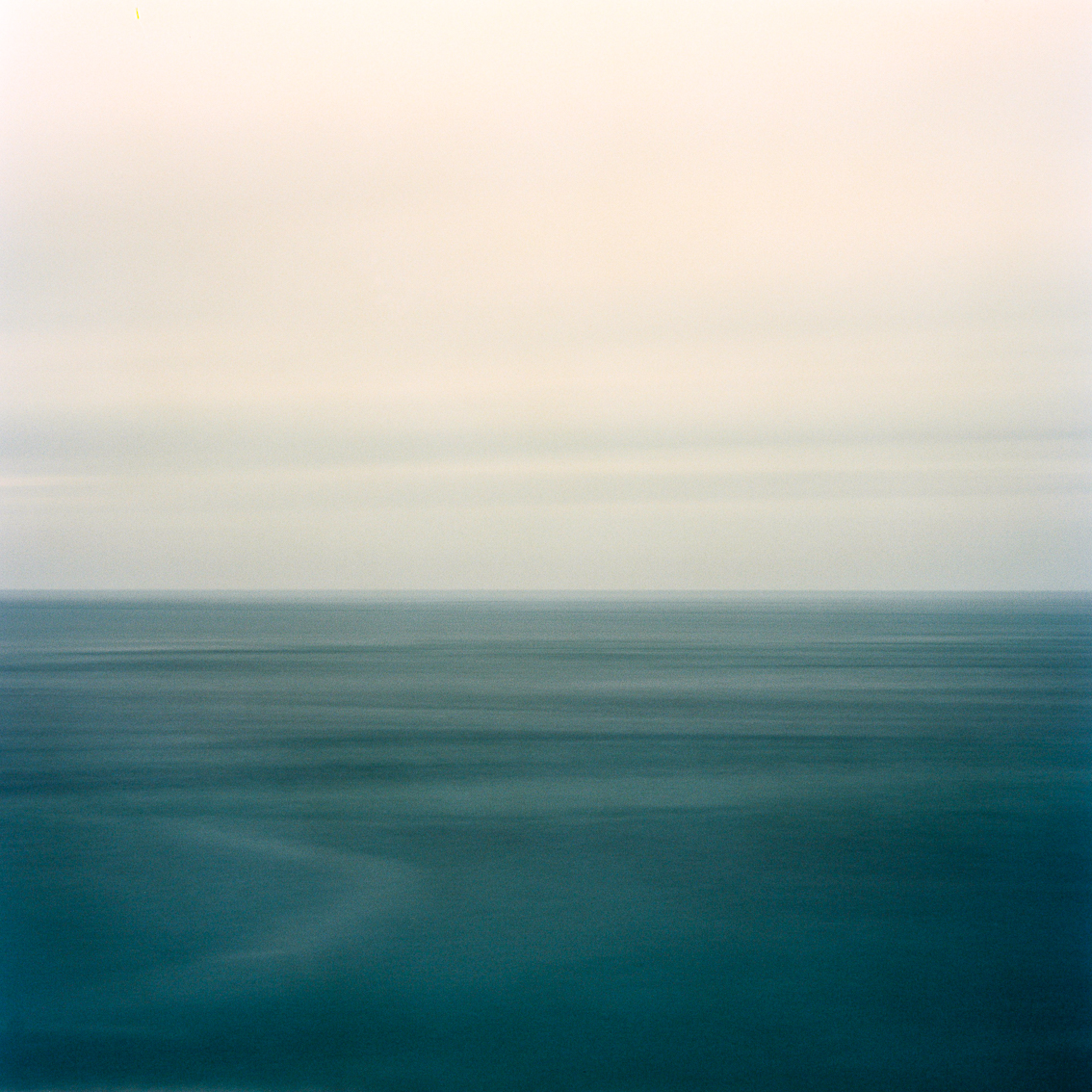
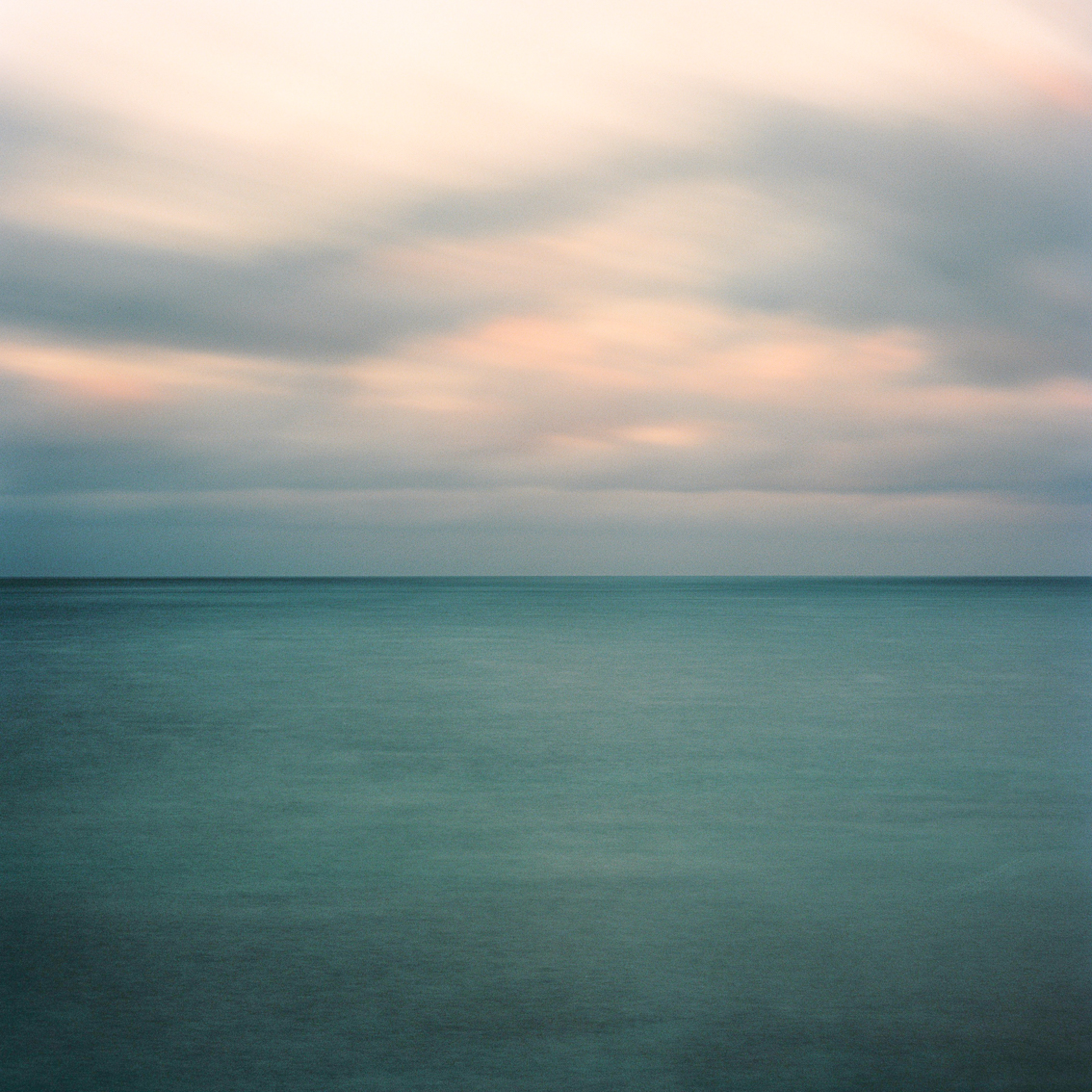



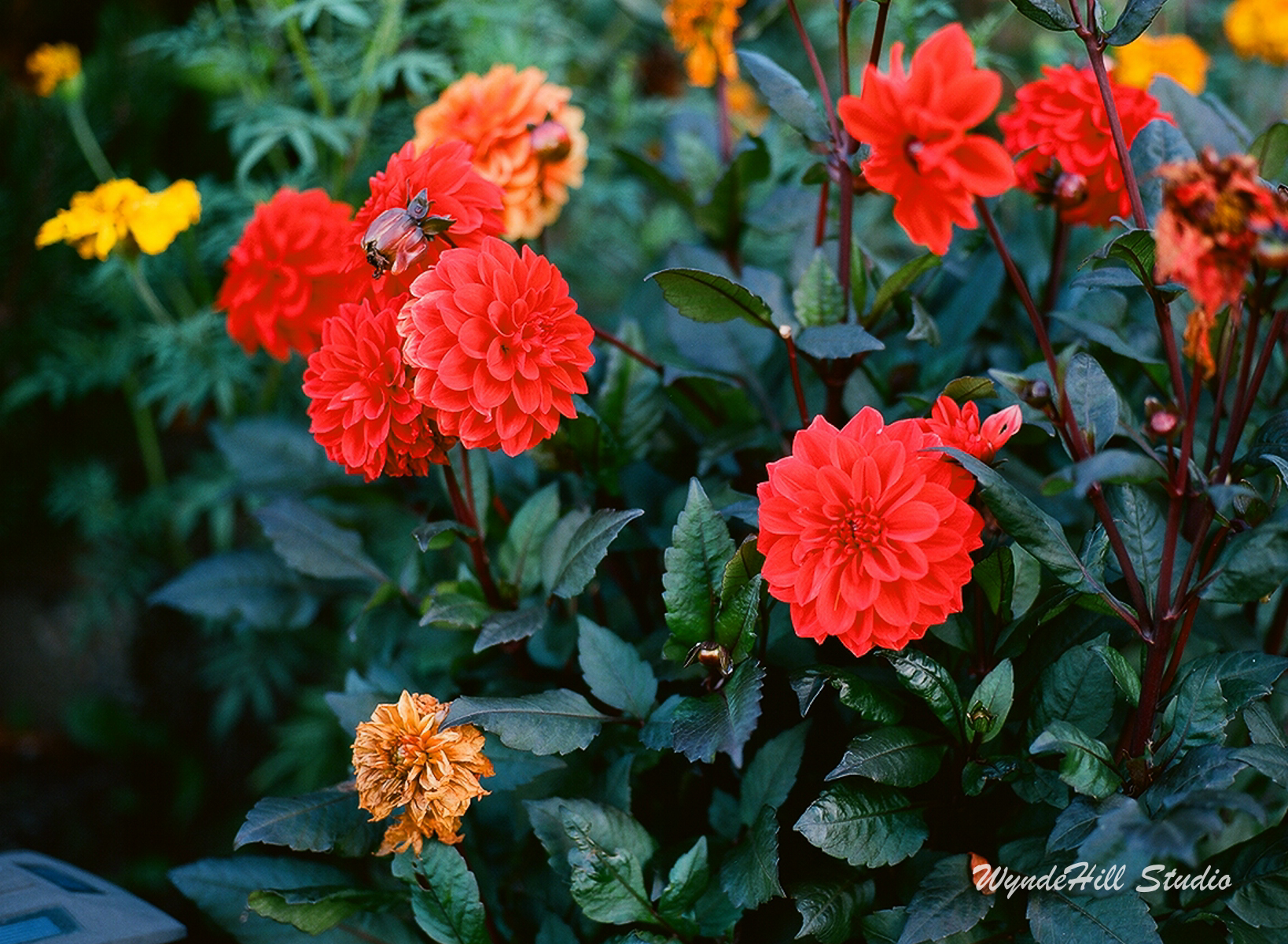
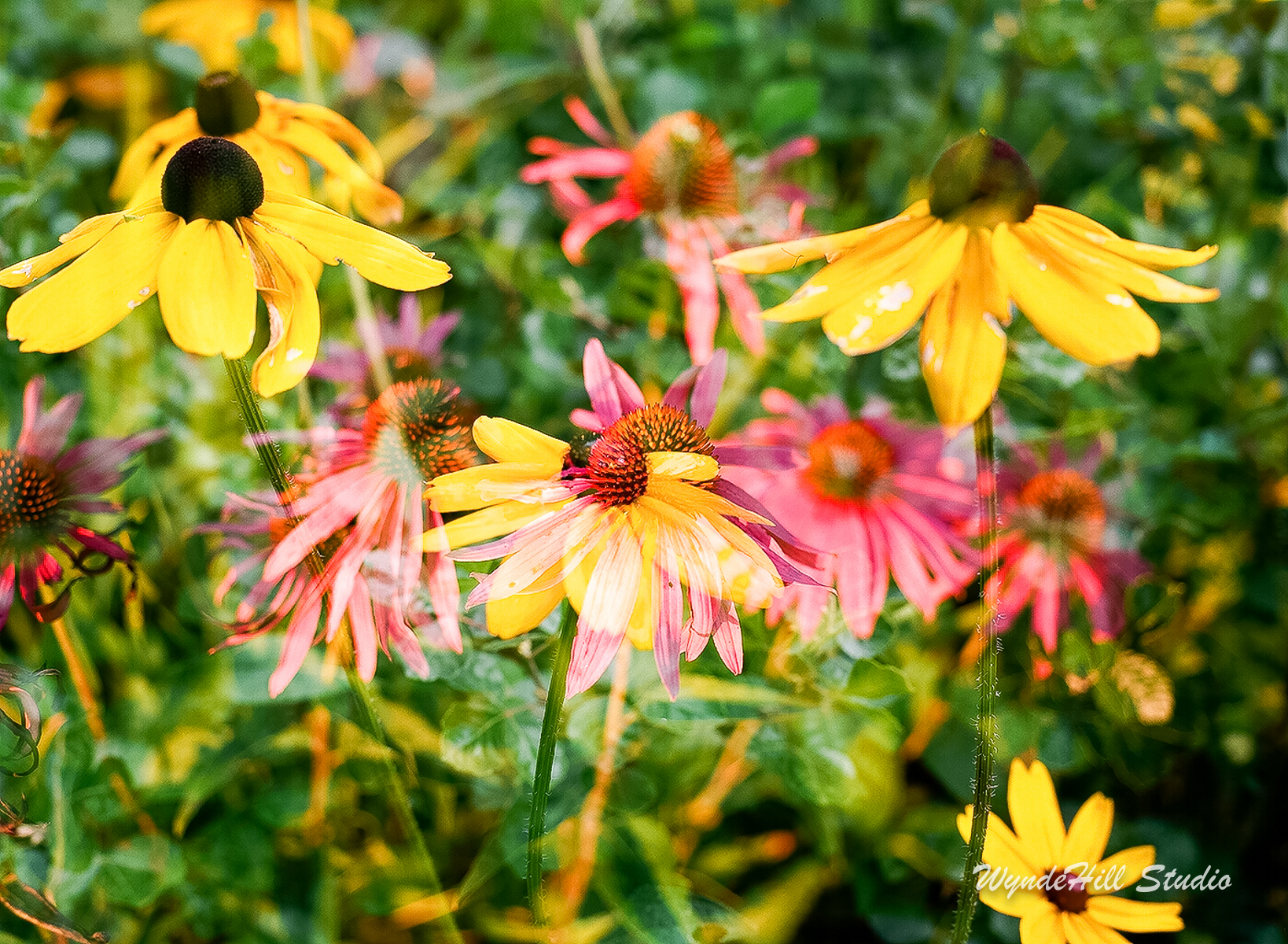
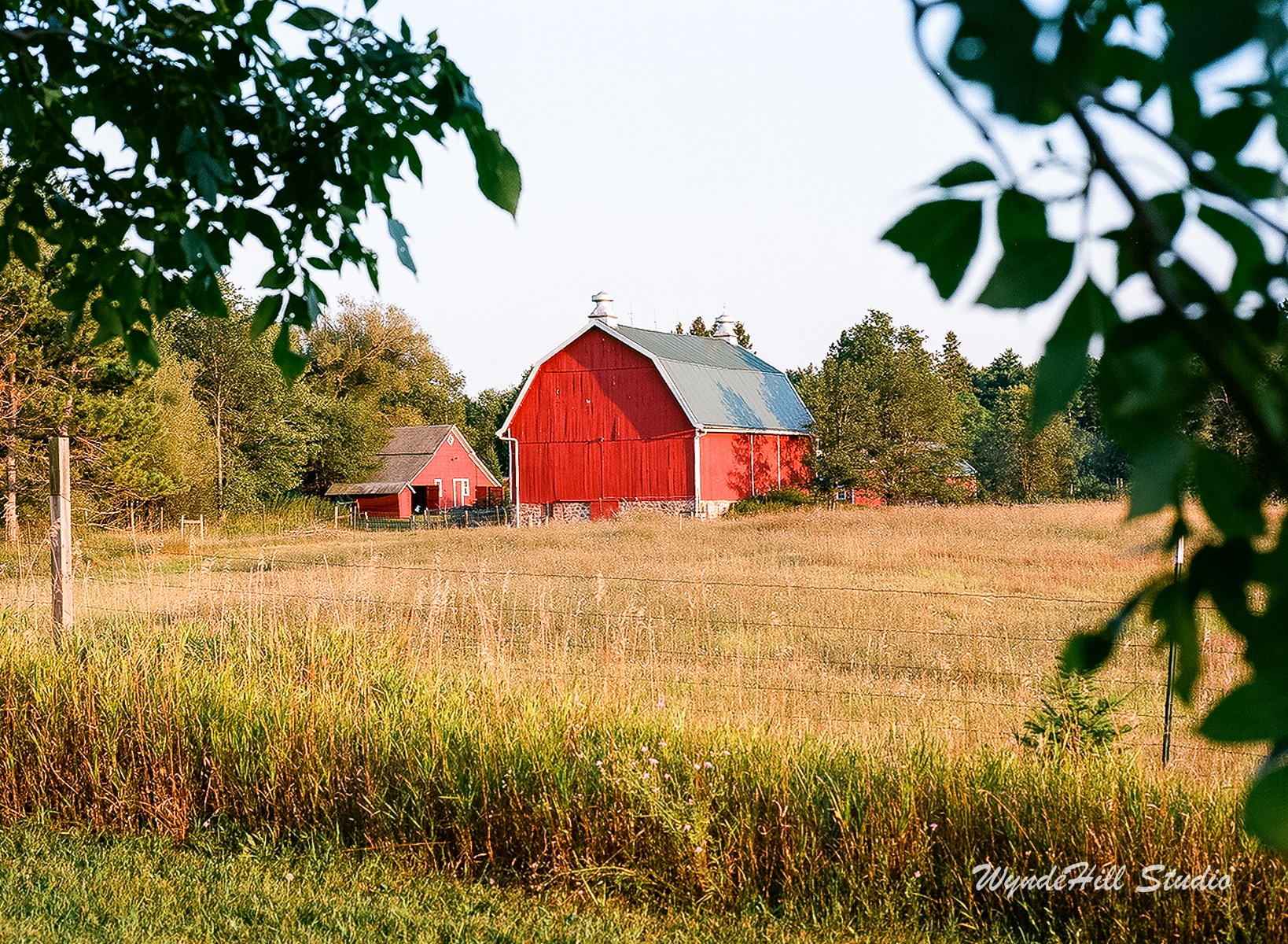
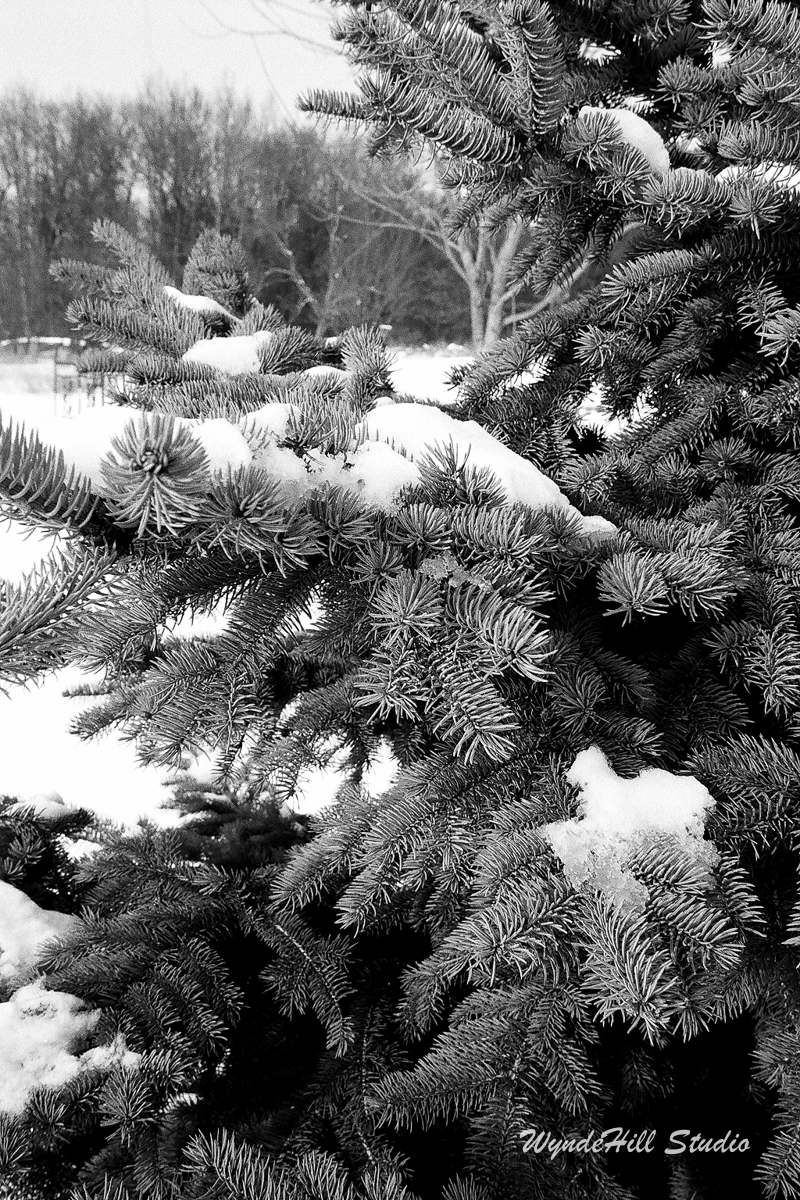
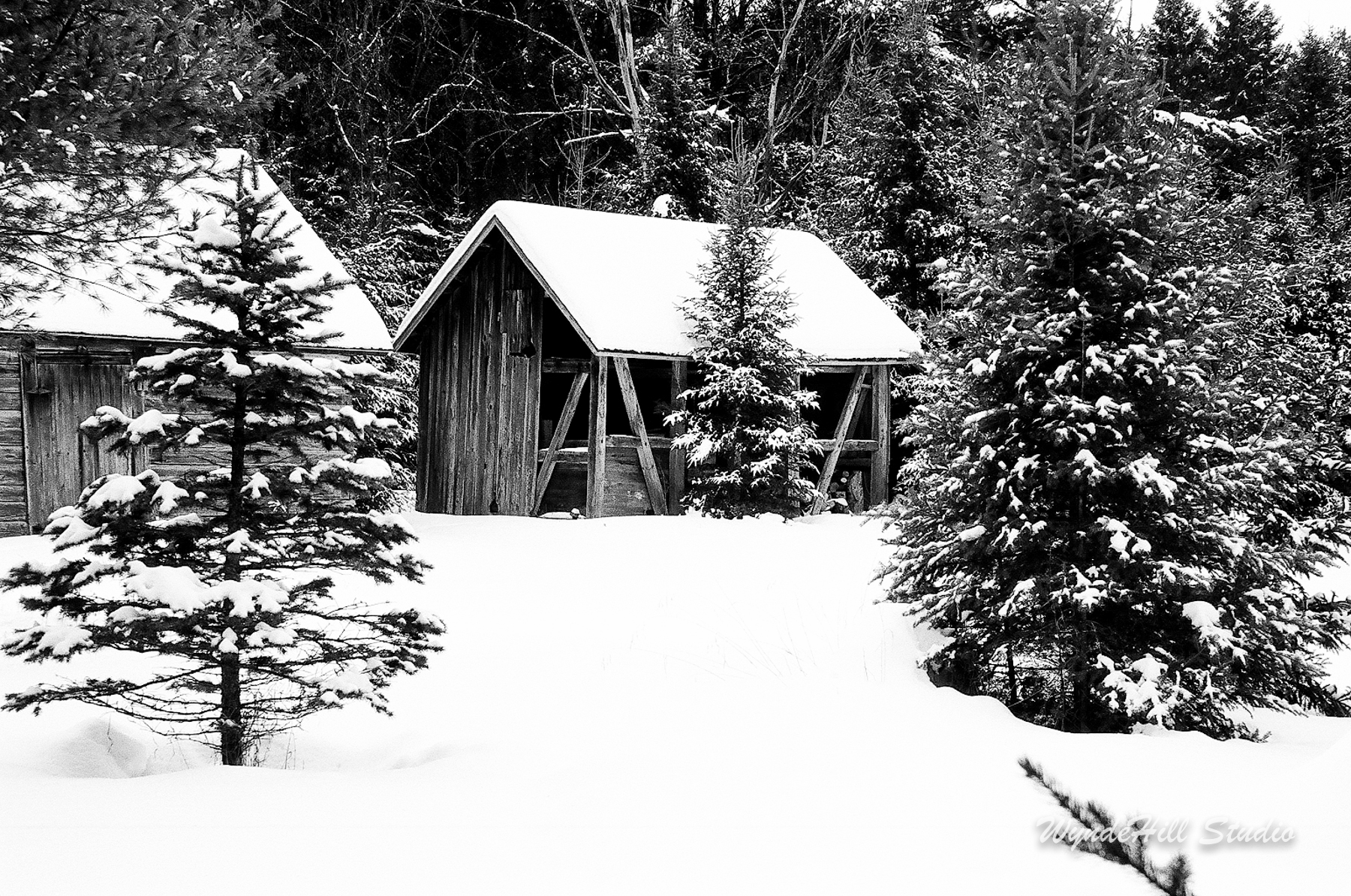
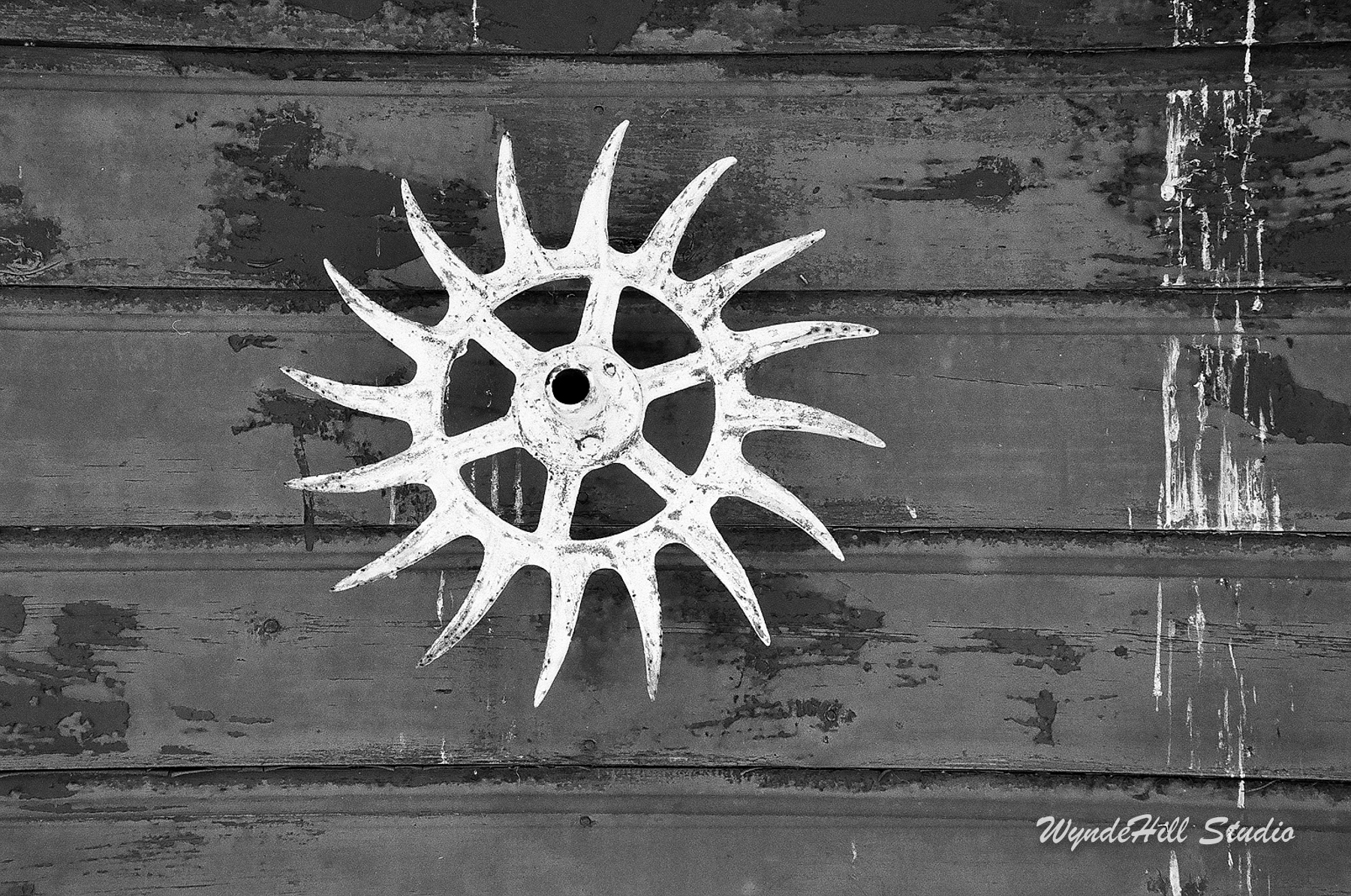
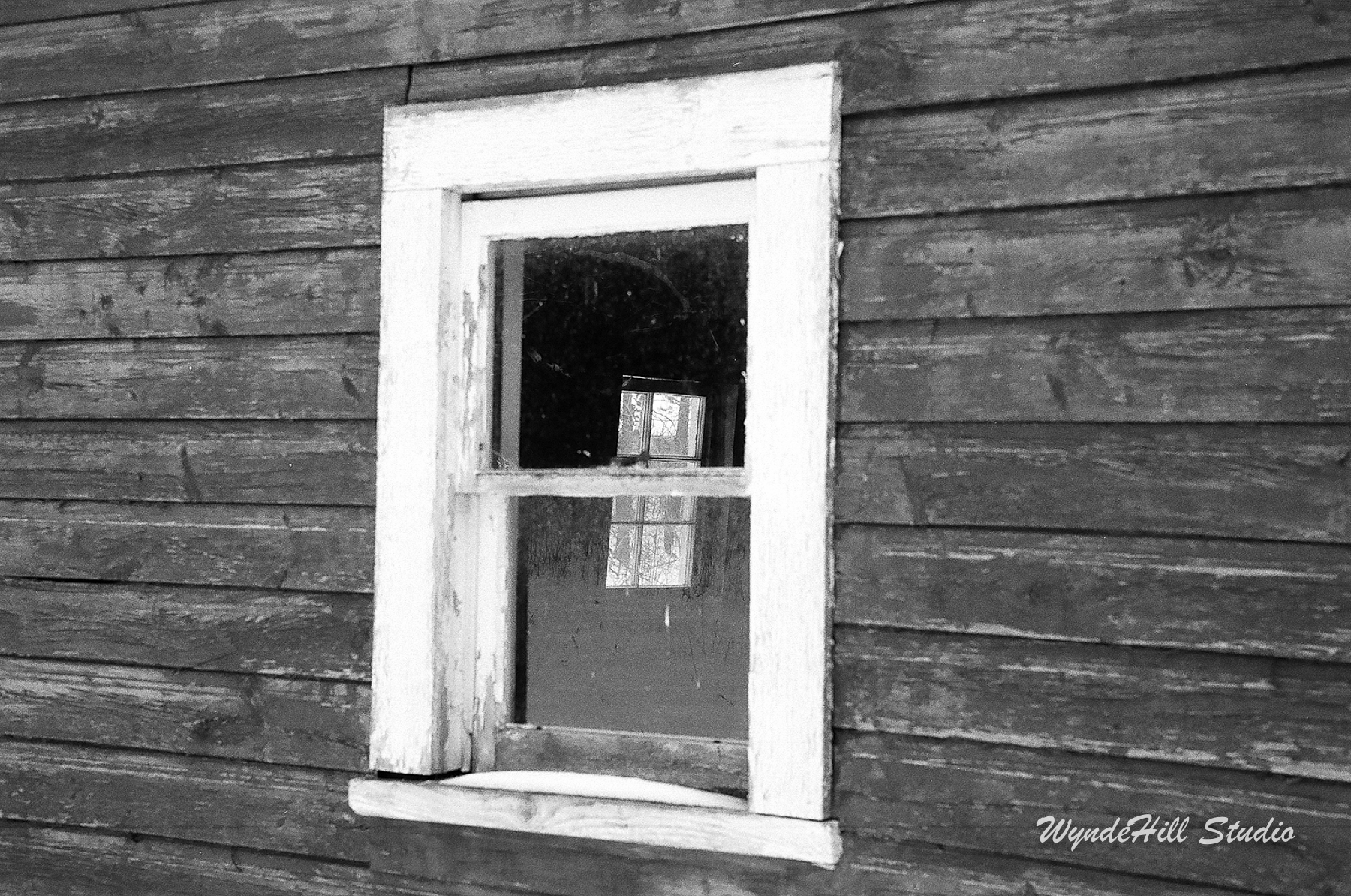


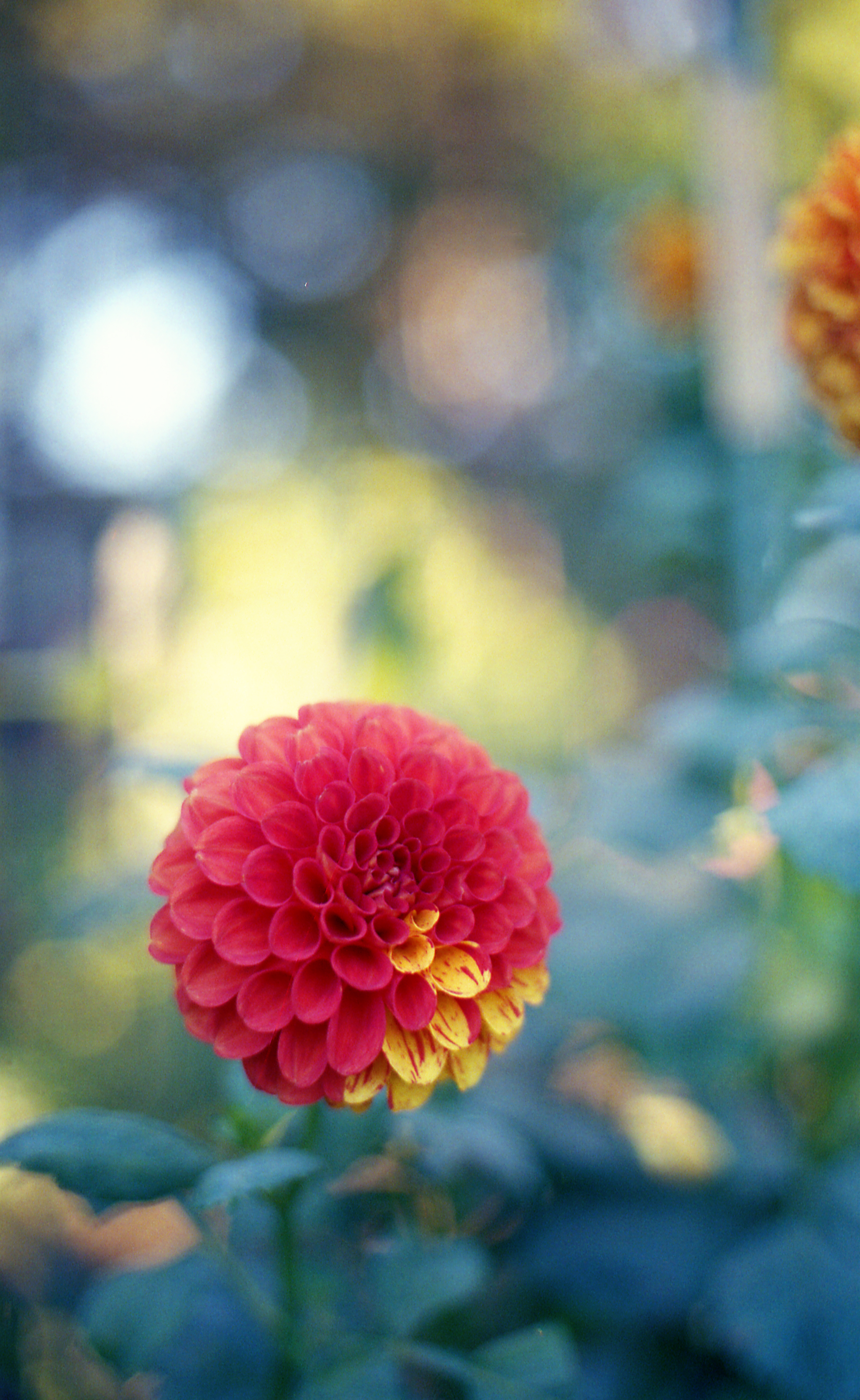

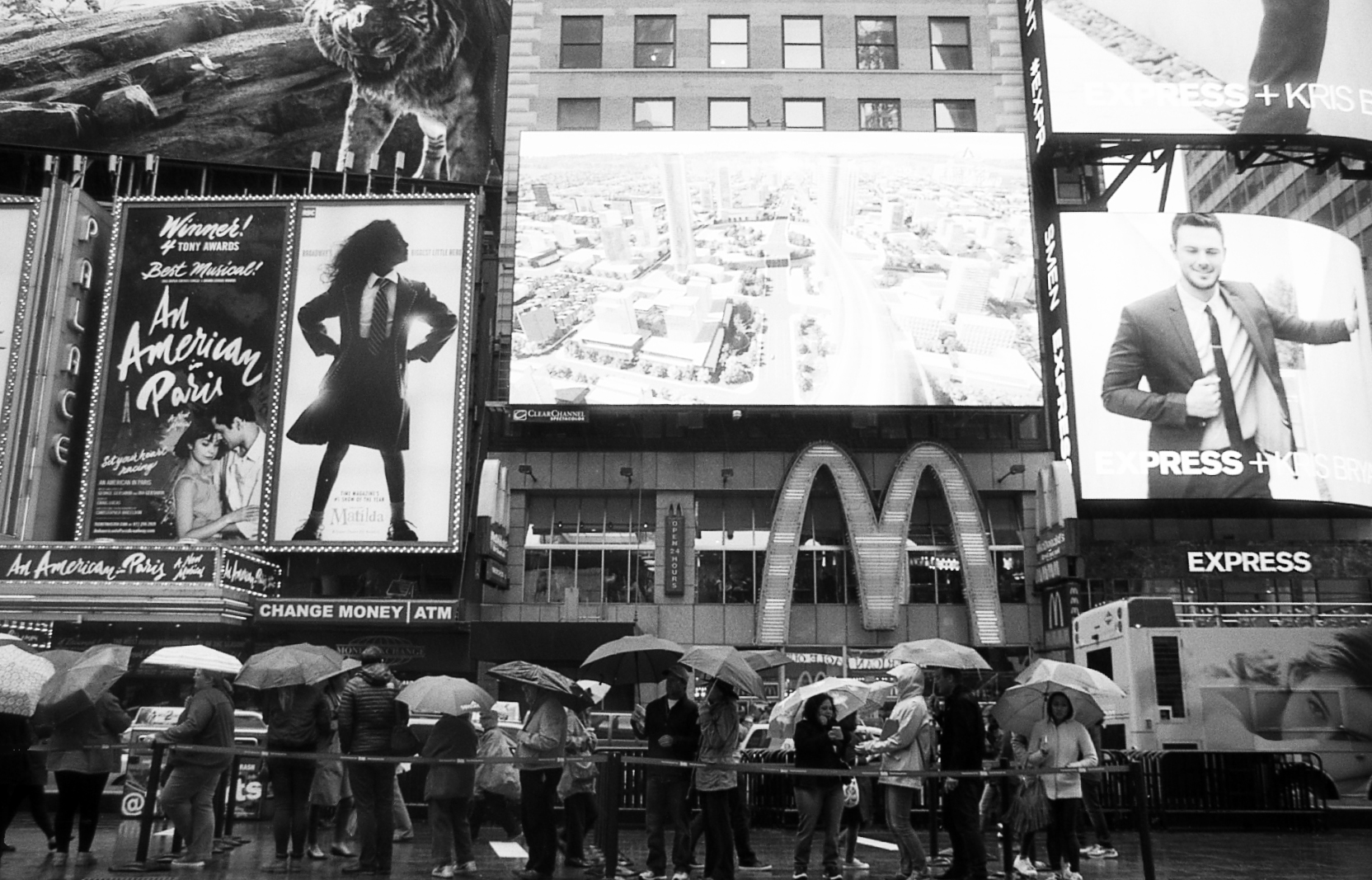

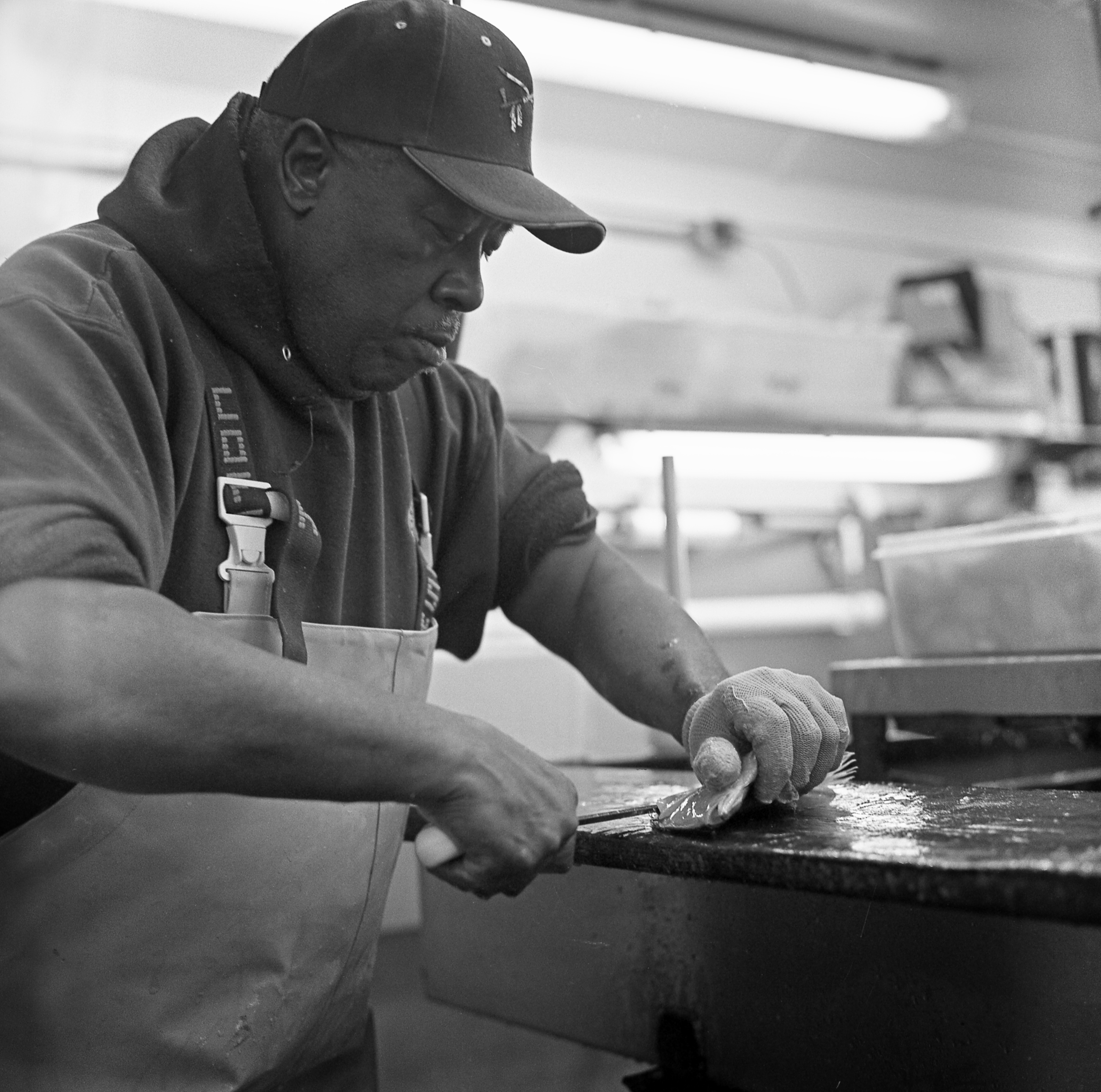
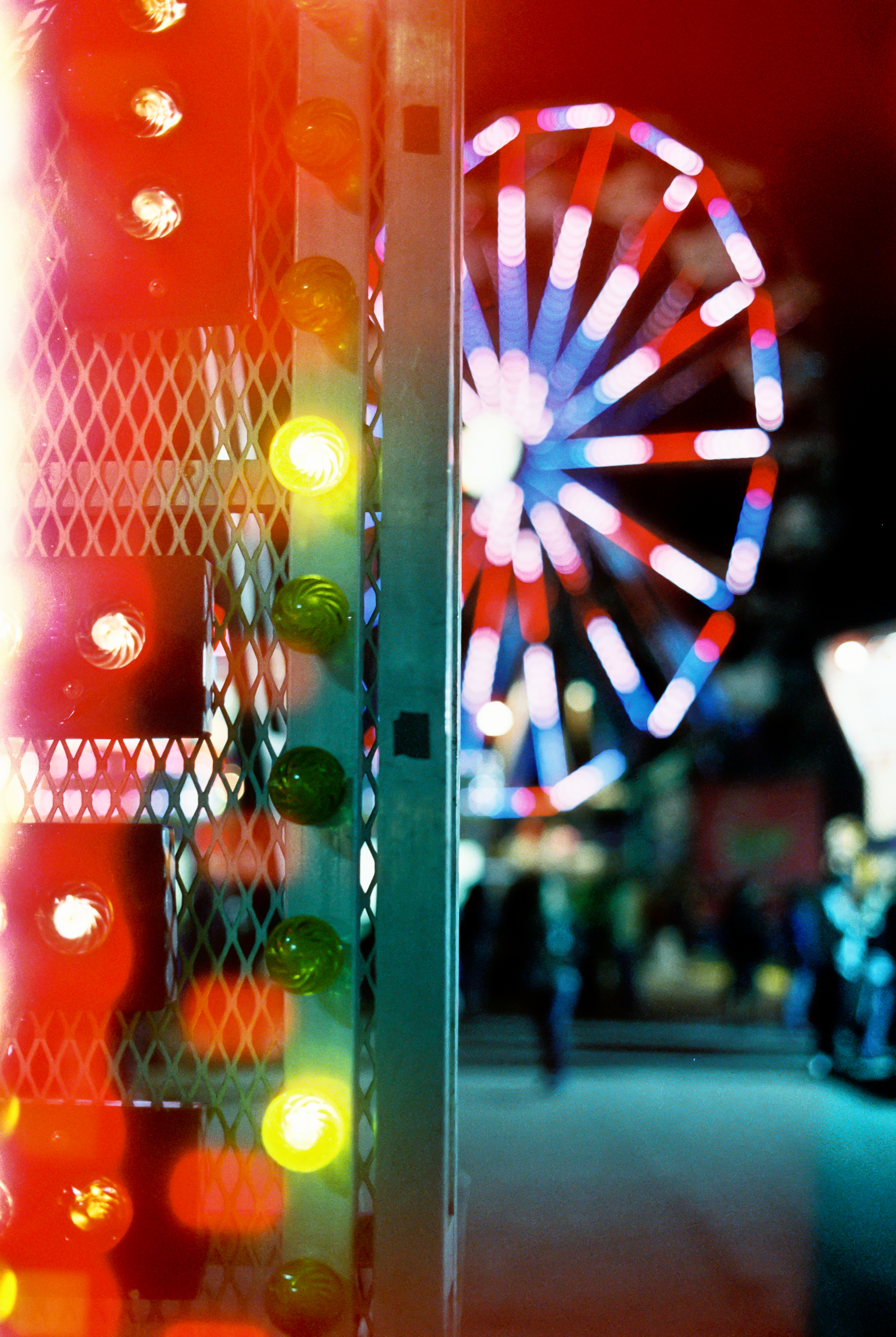











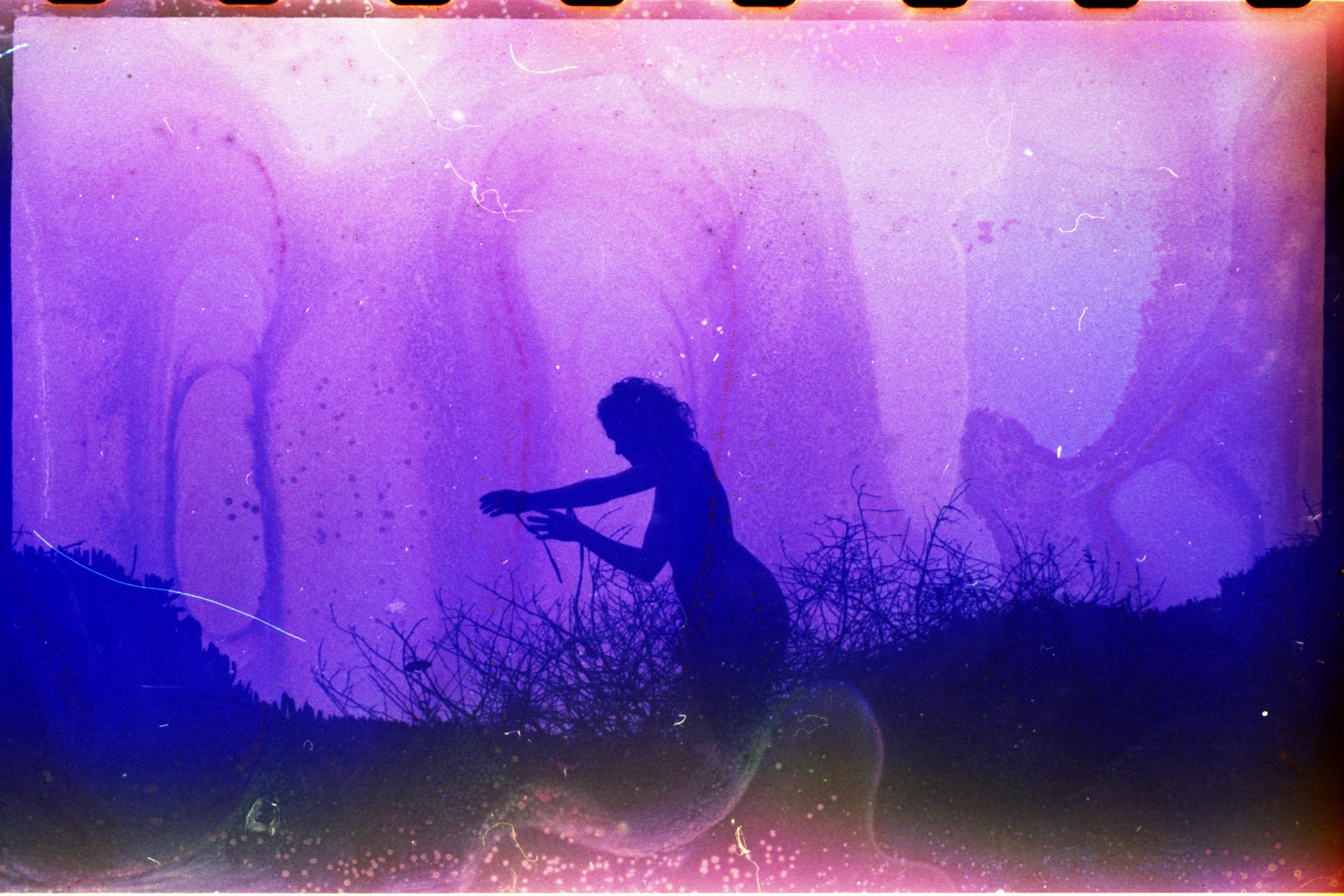
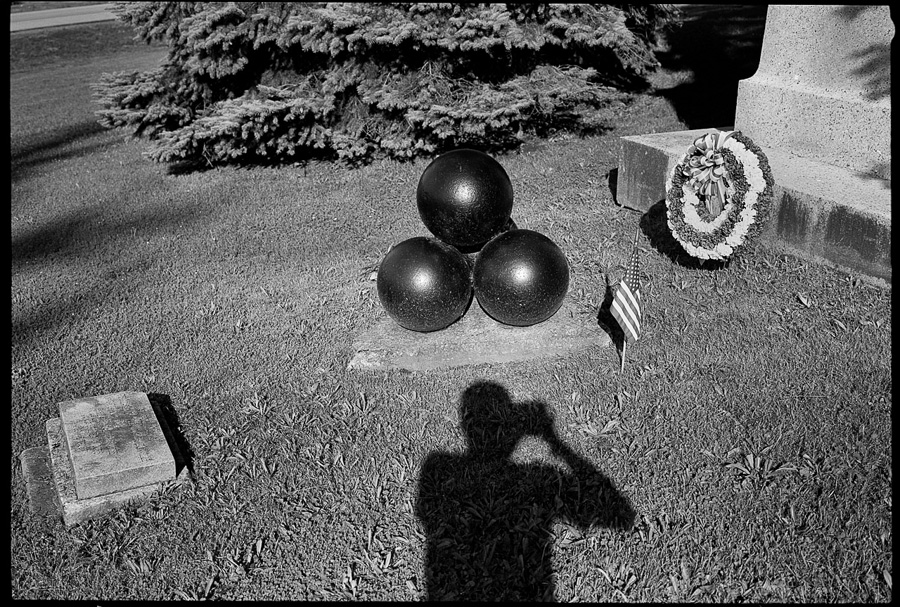
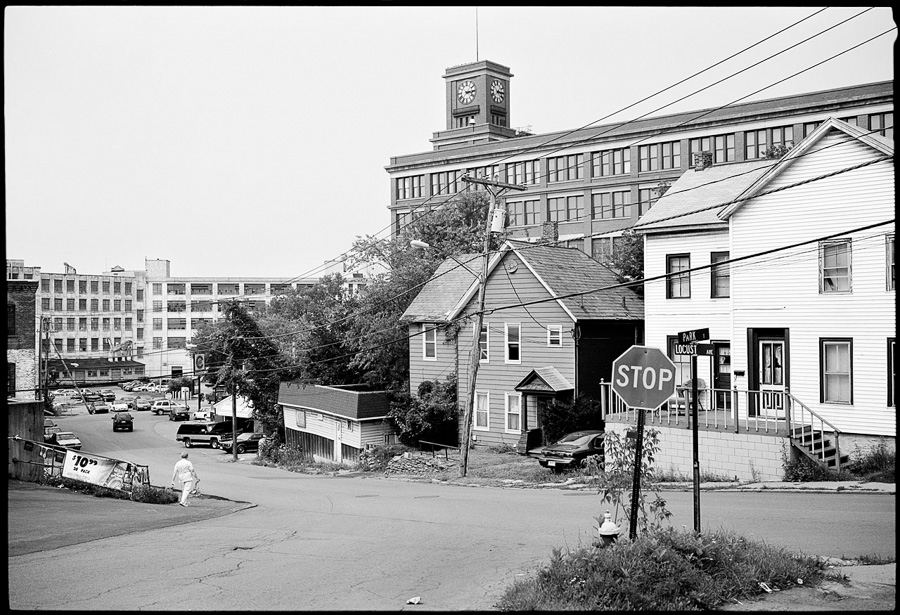
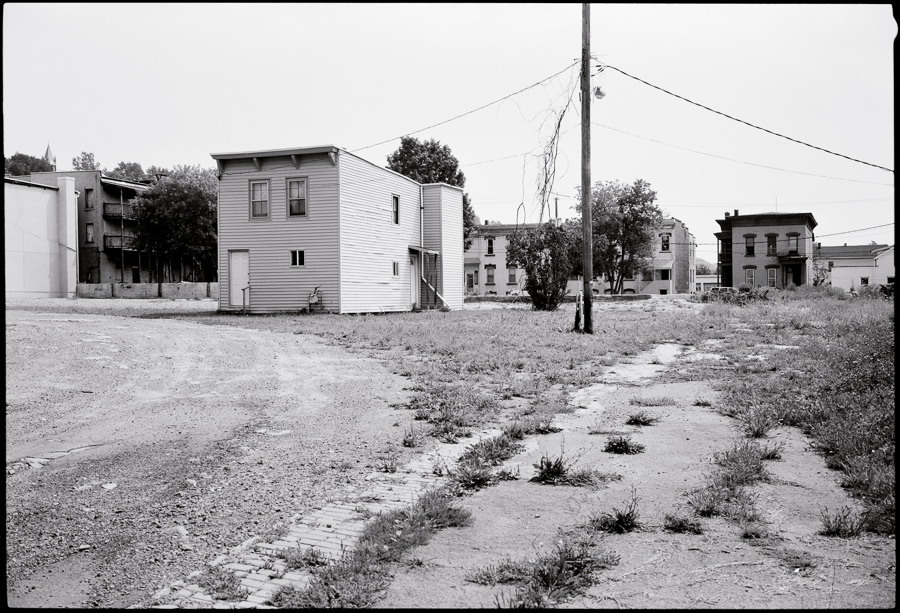
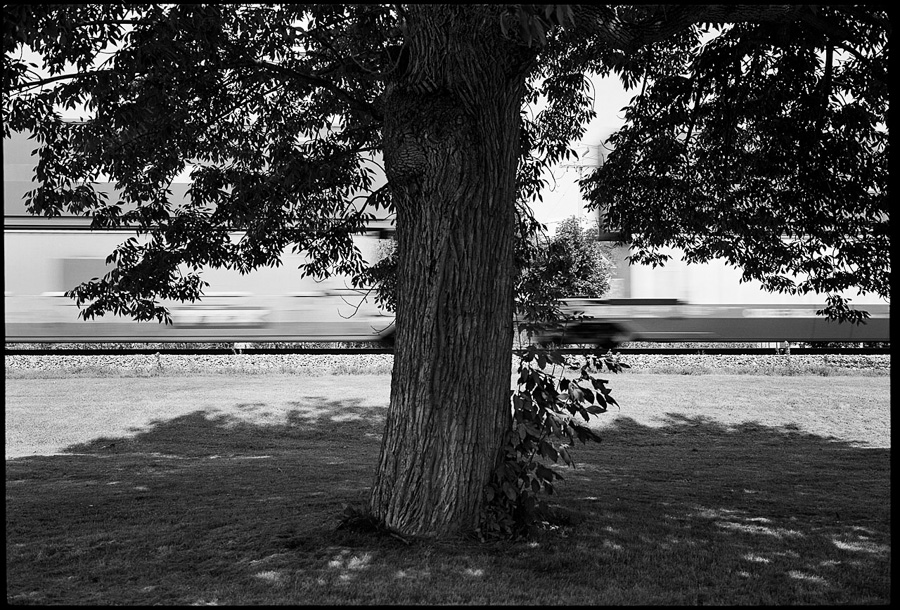


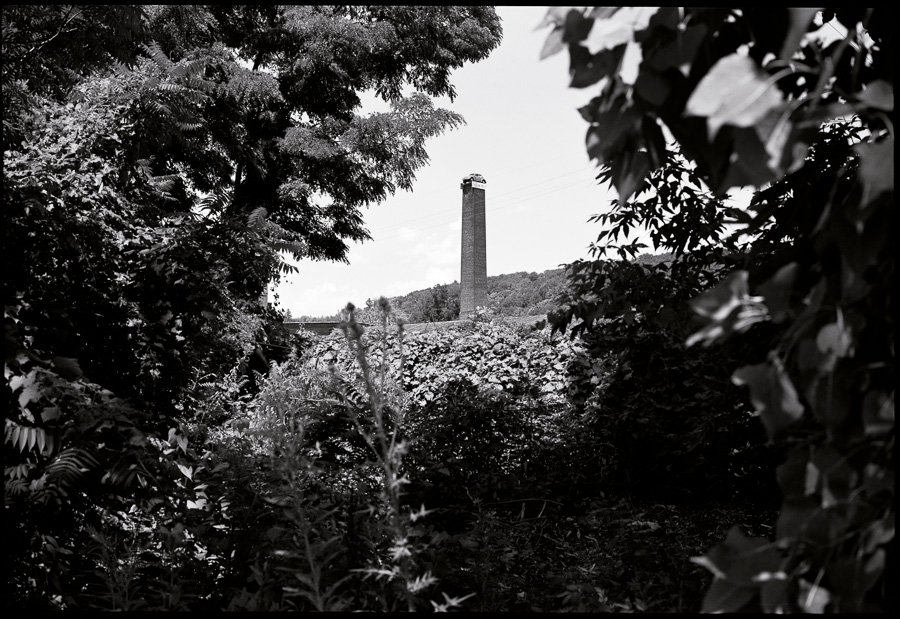
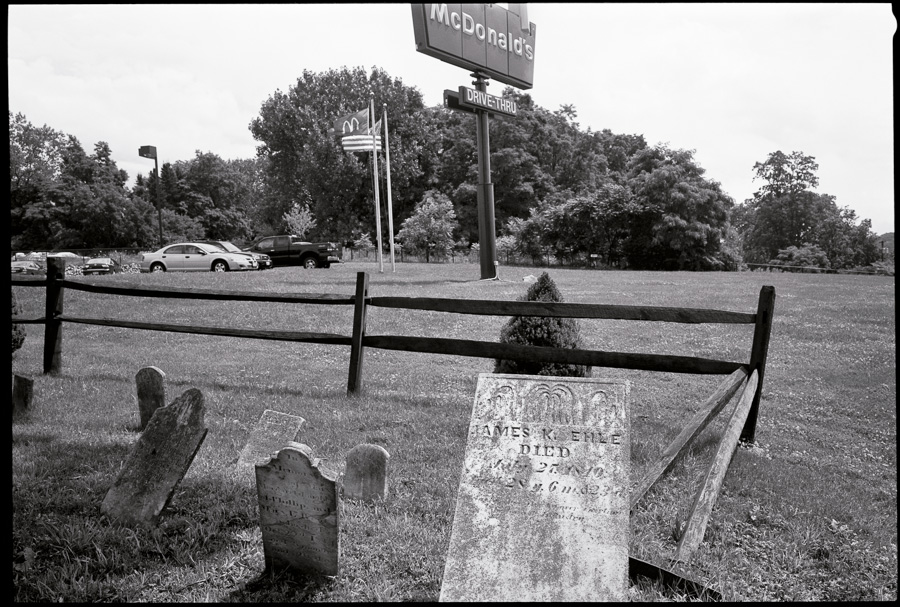
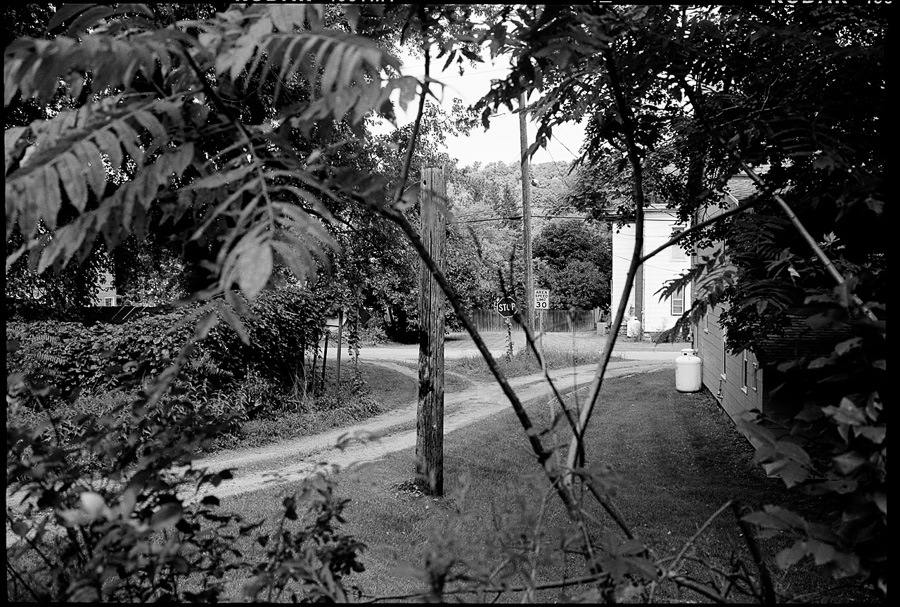
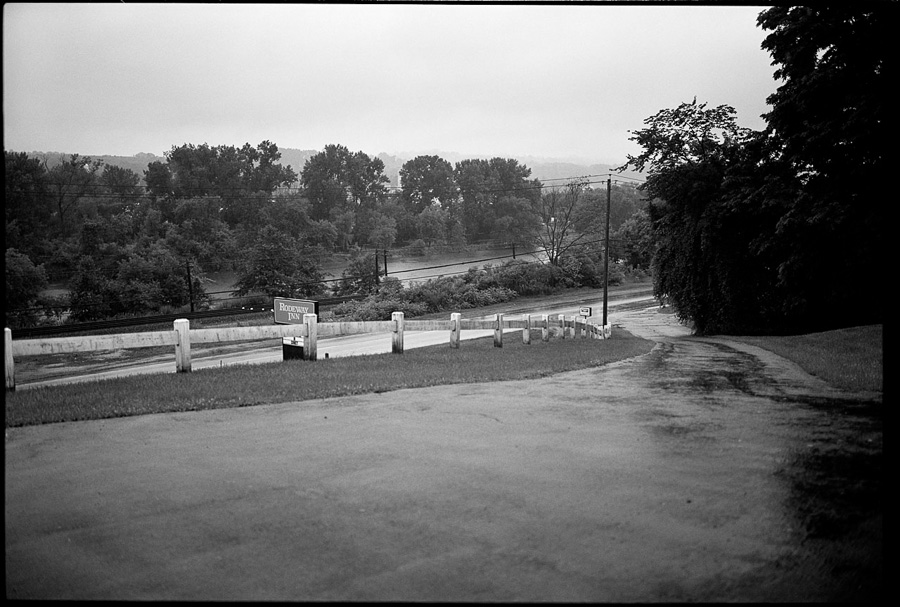

Brad Lechner shares a story of camera theft, his struggle, and steps of reimbursement. A story of regret and redemption that sheds wisdom on the steps to recovery when your favorite gear is stolen.